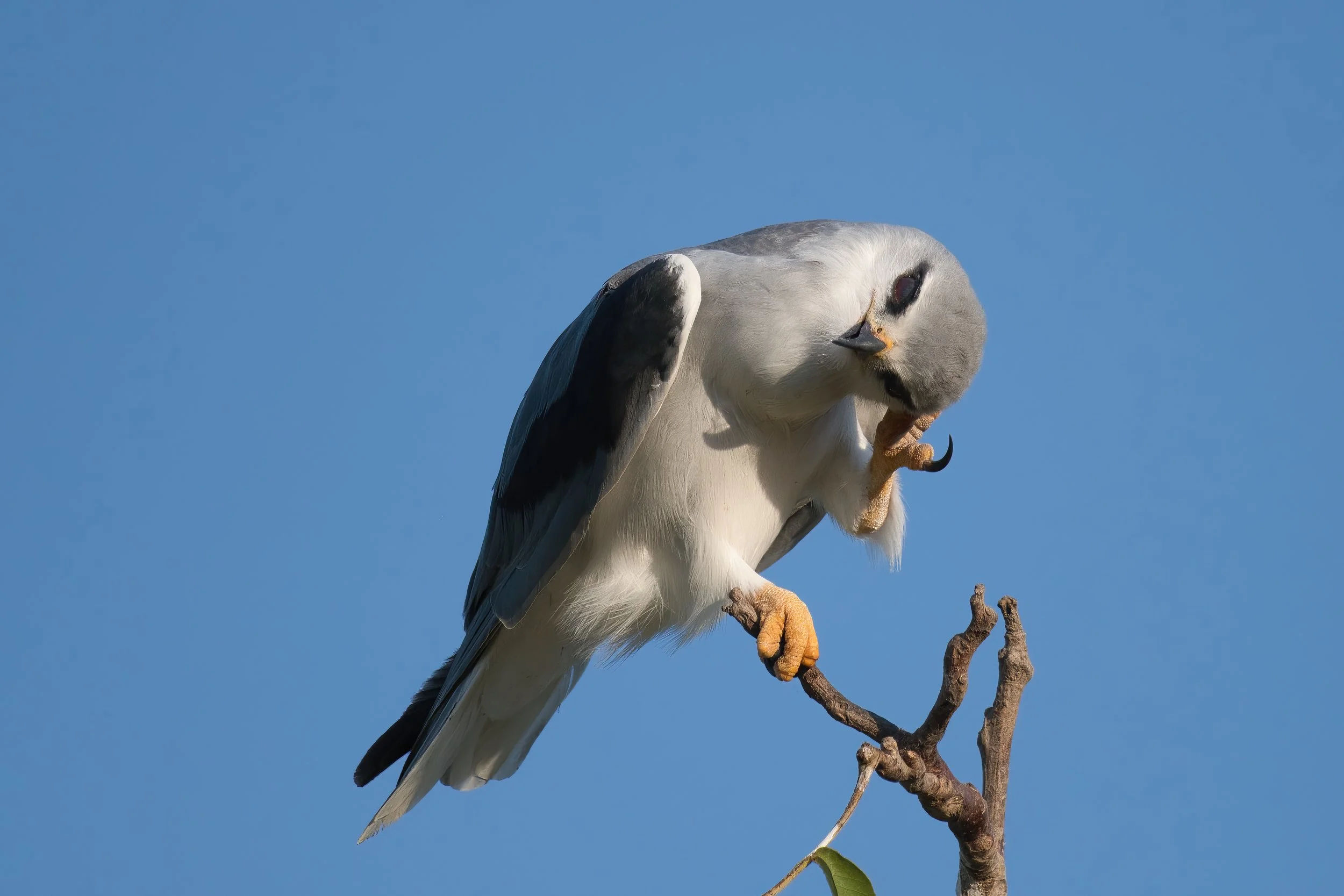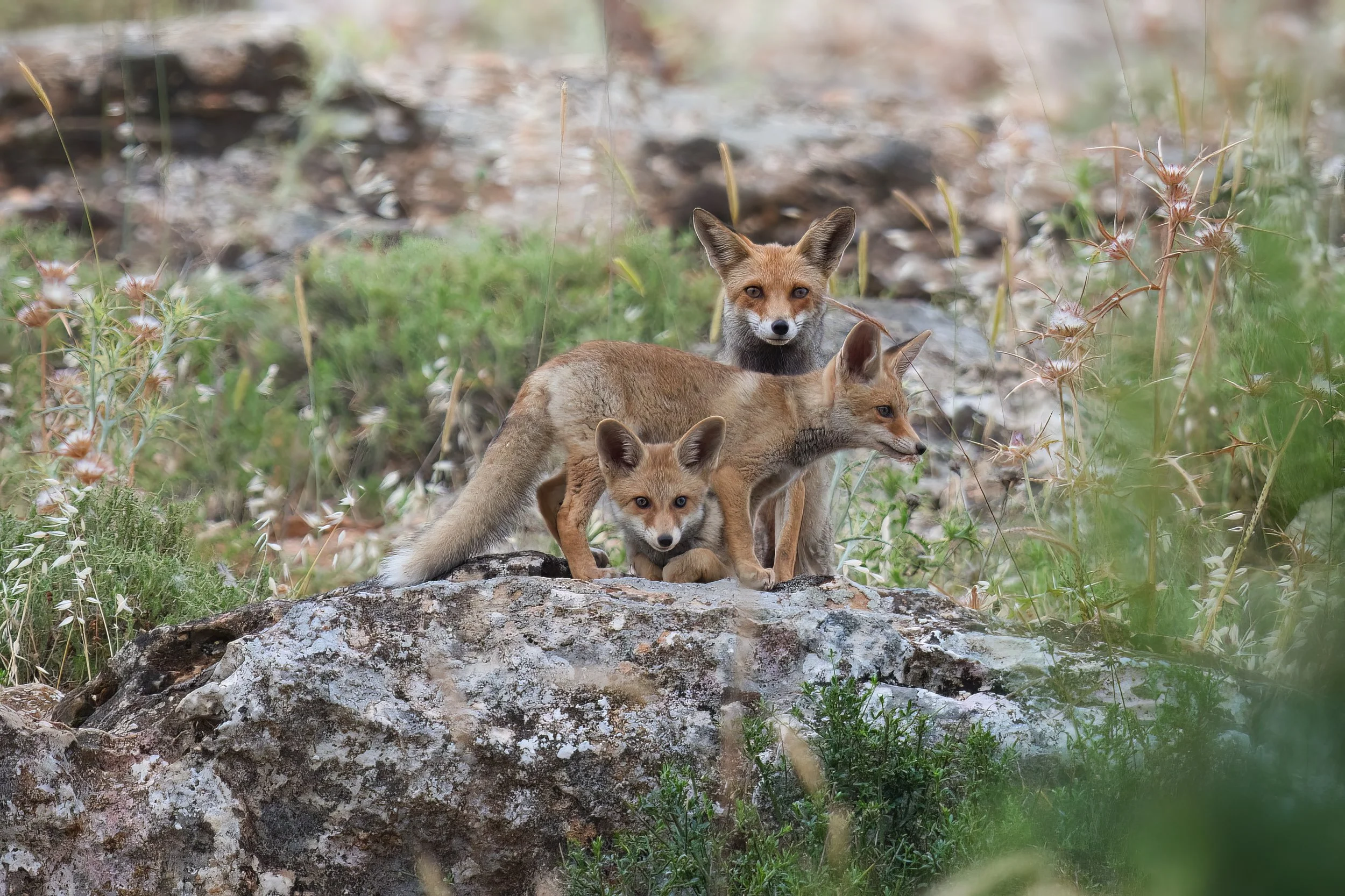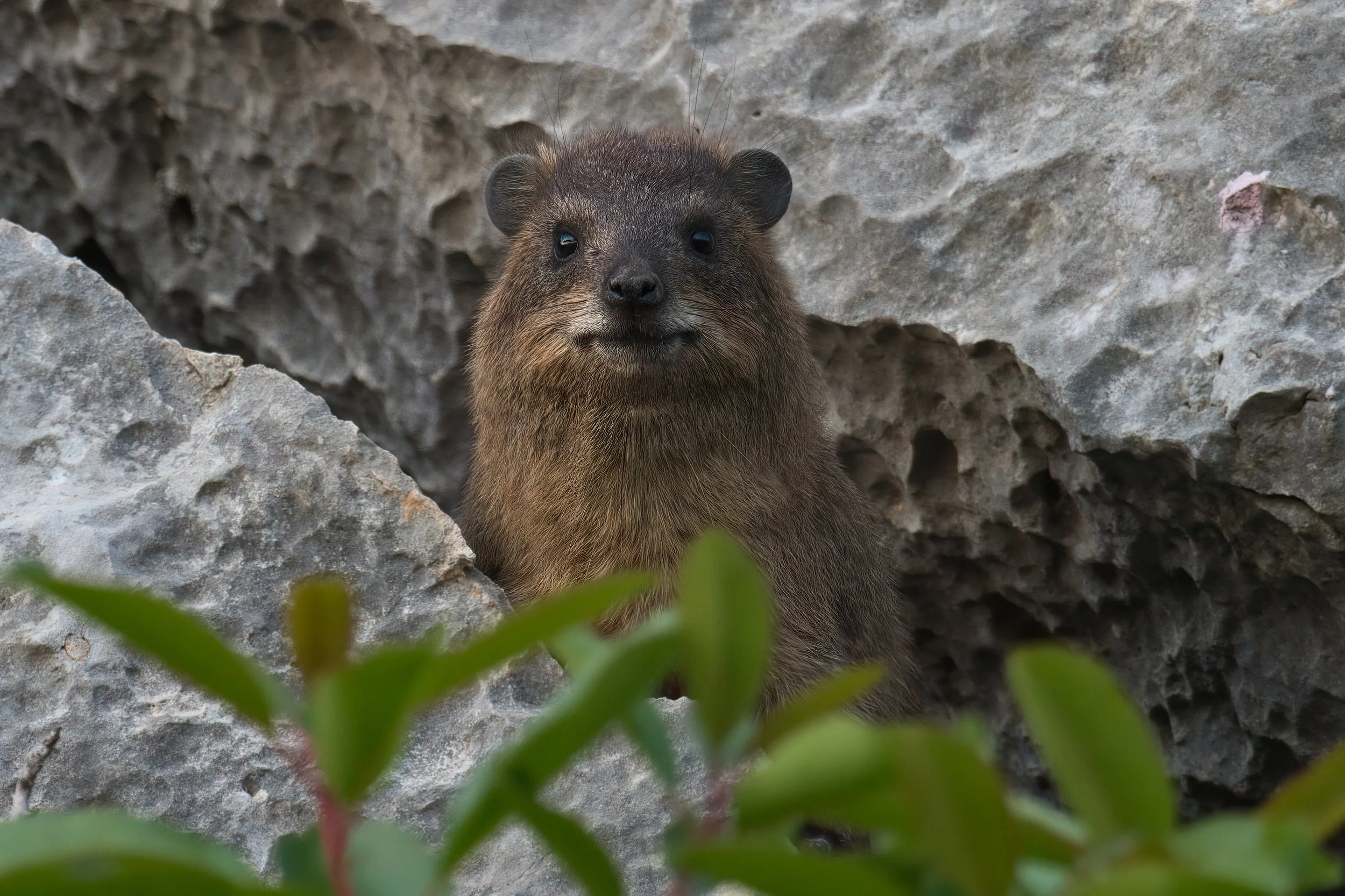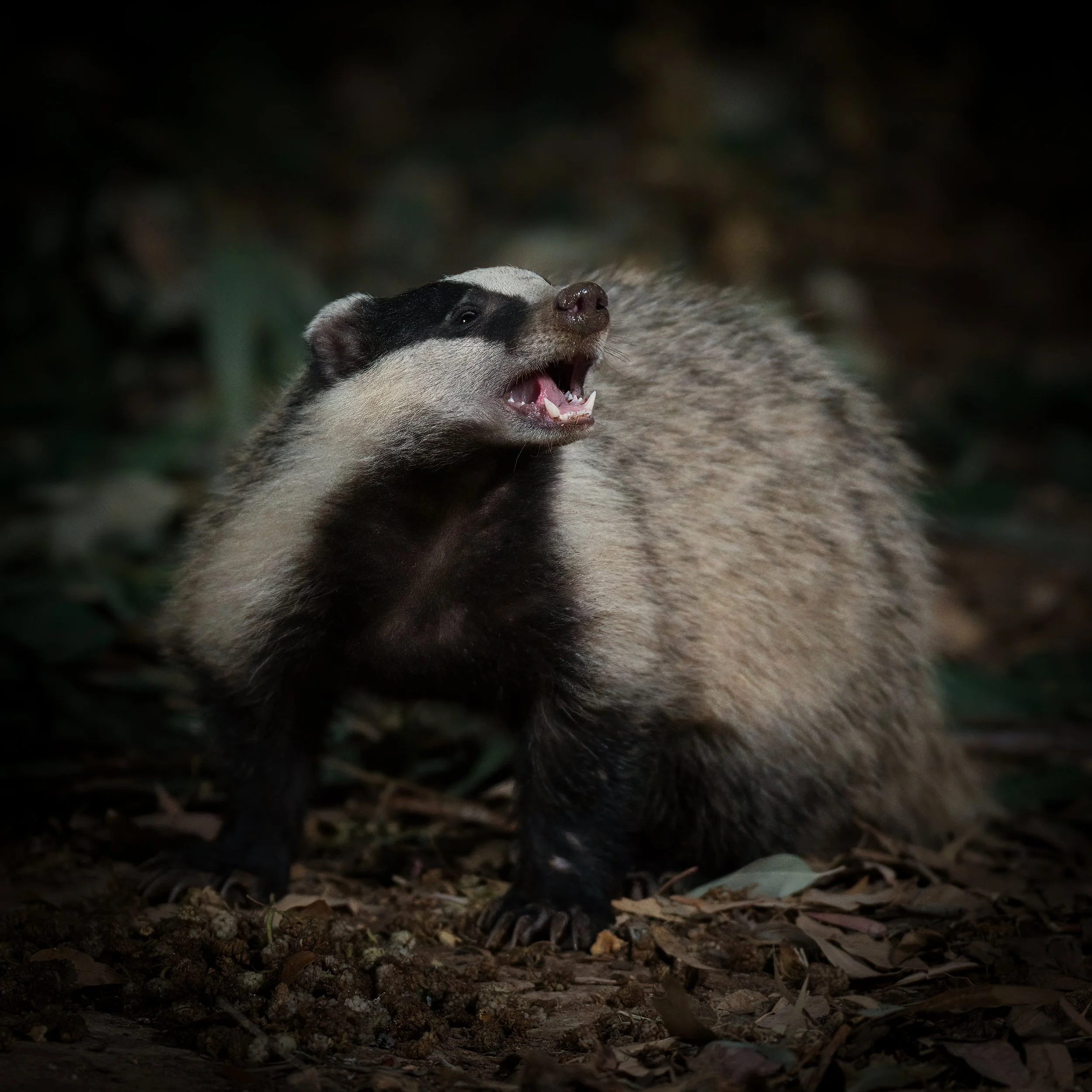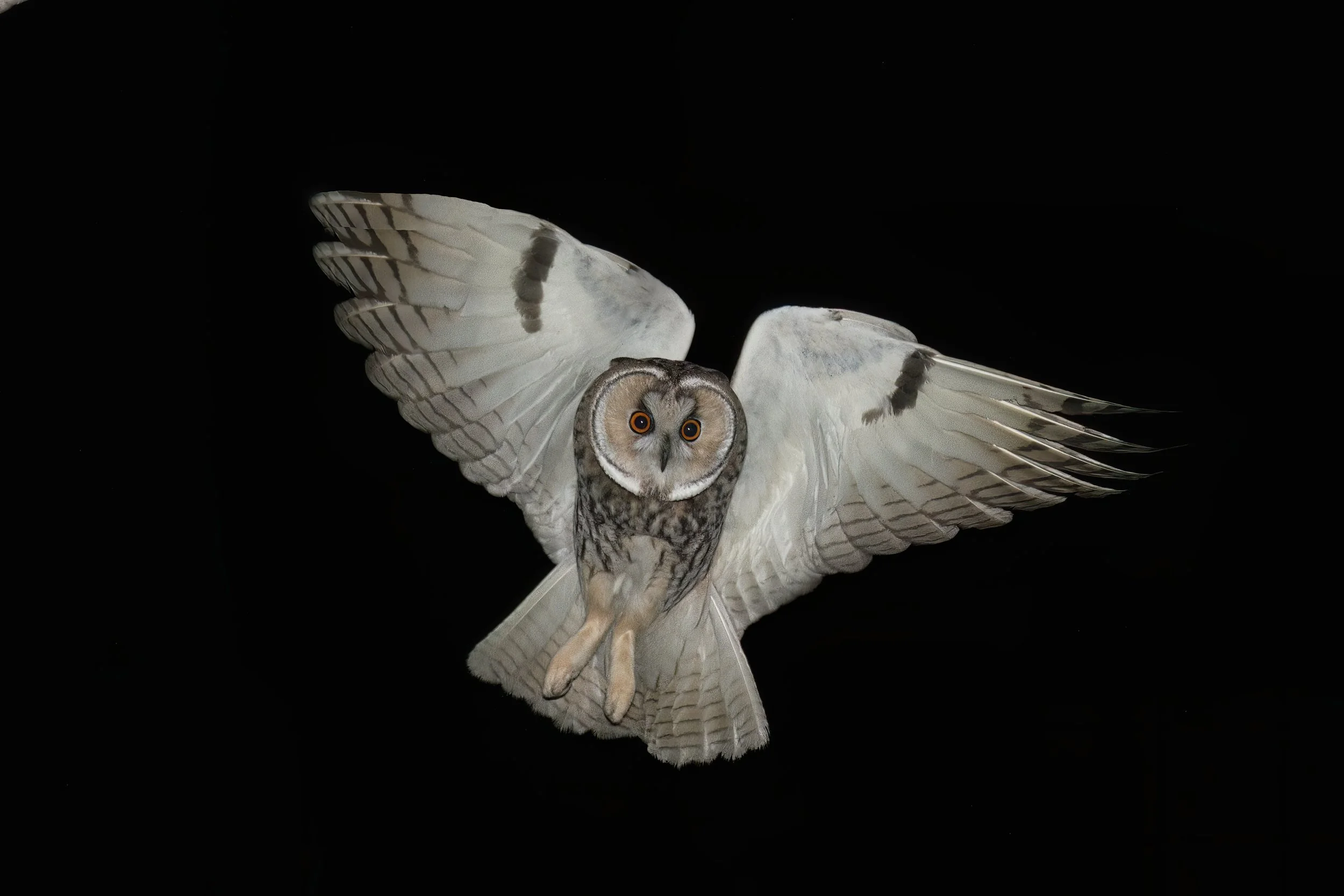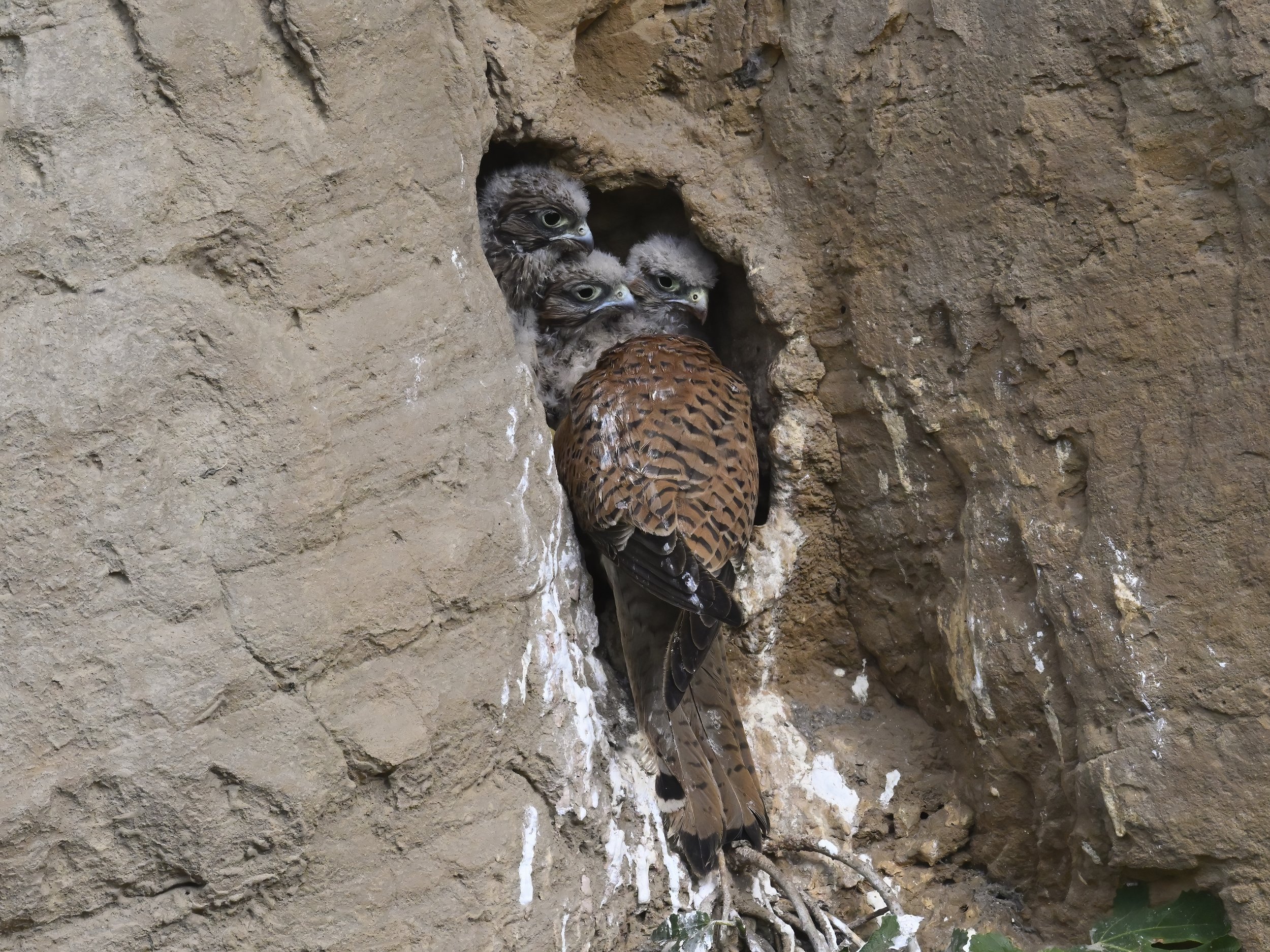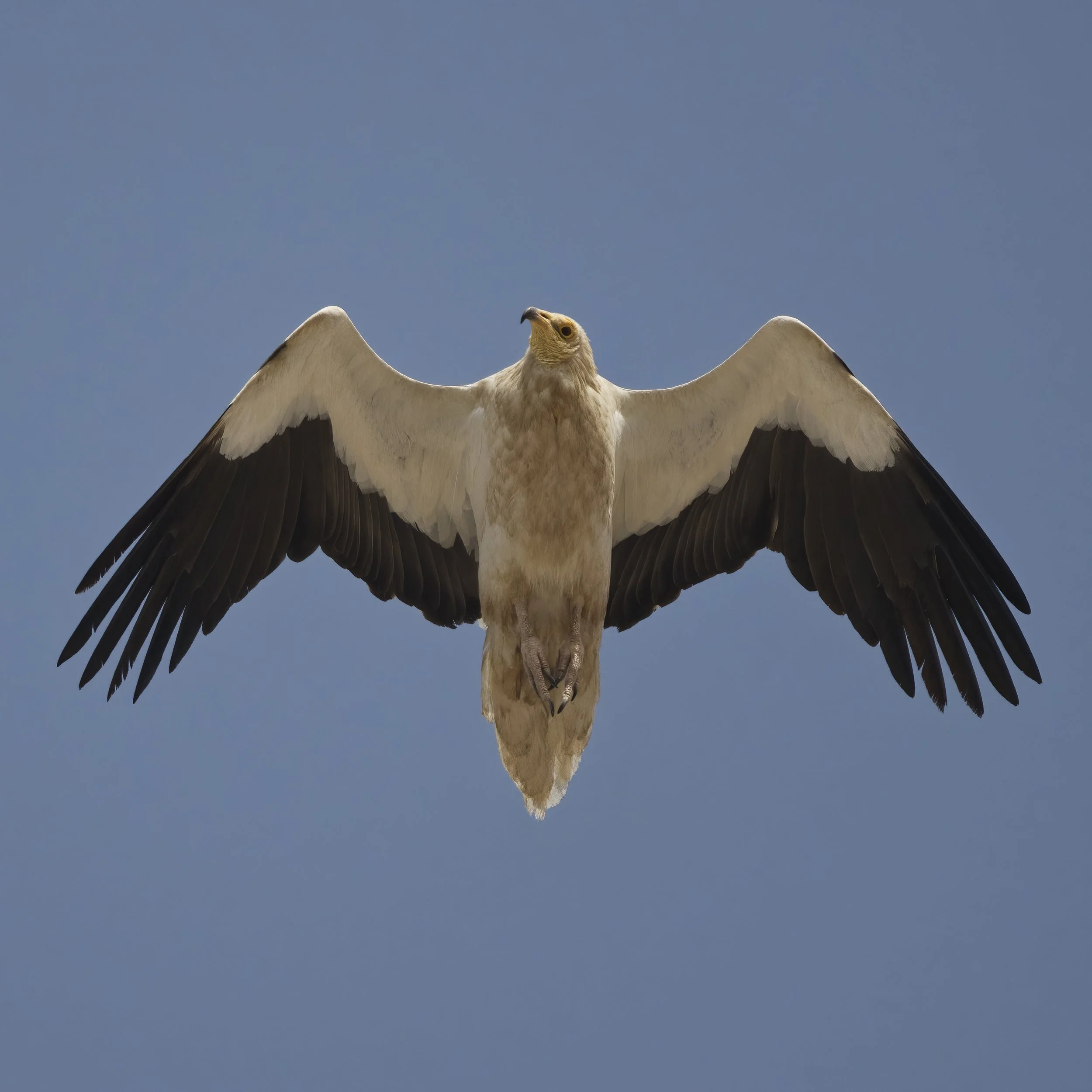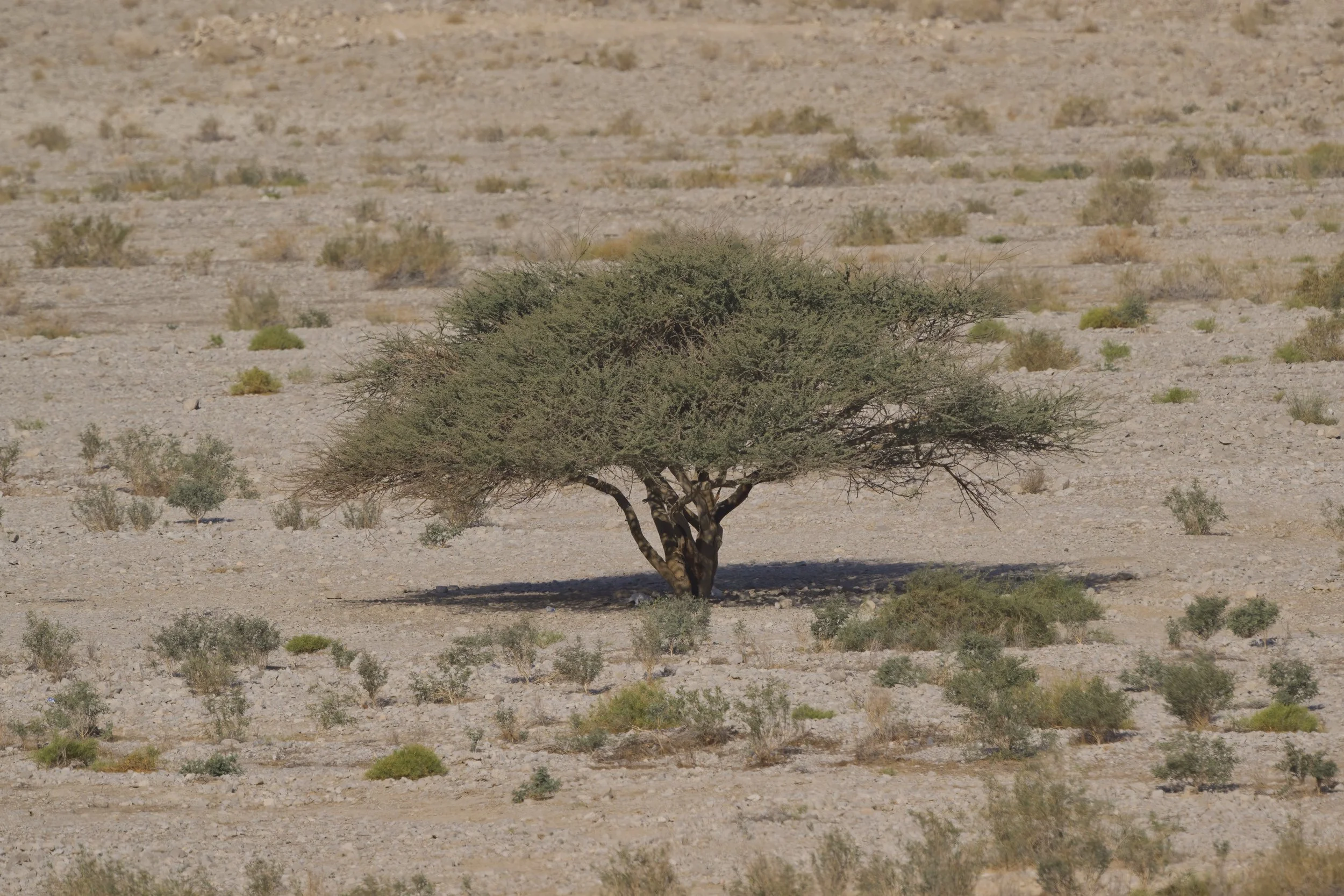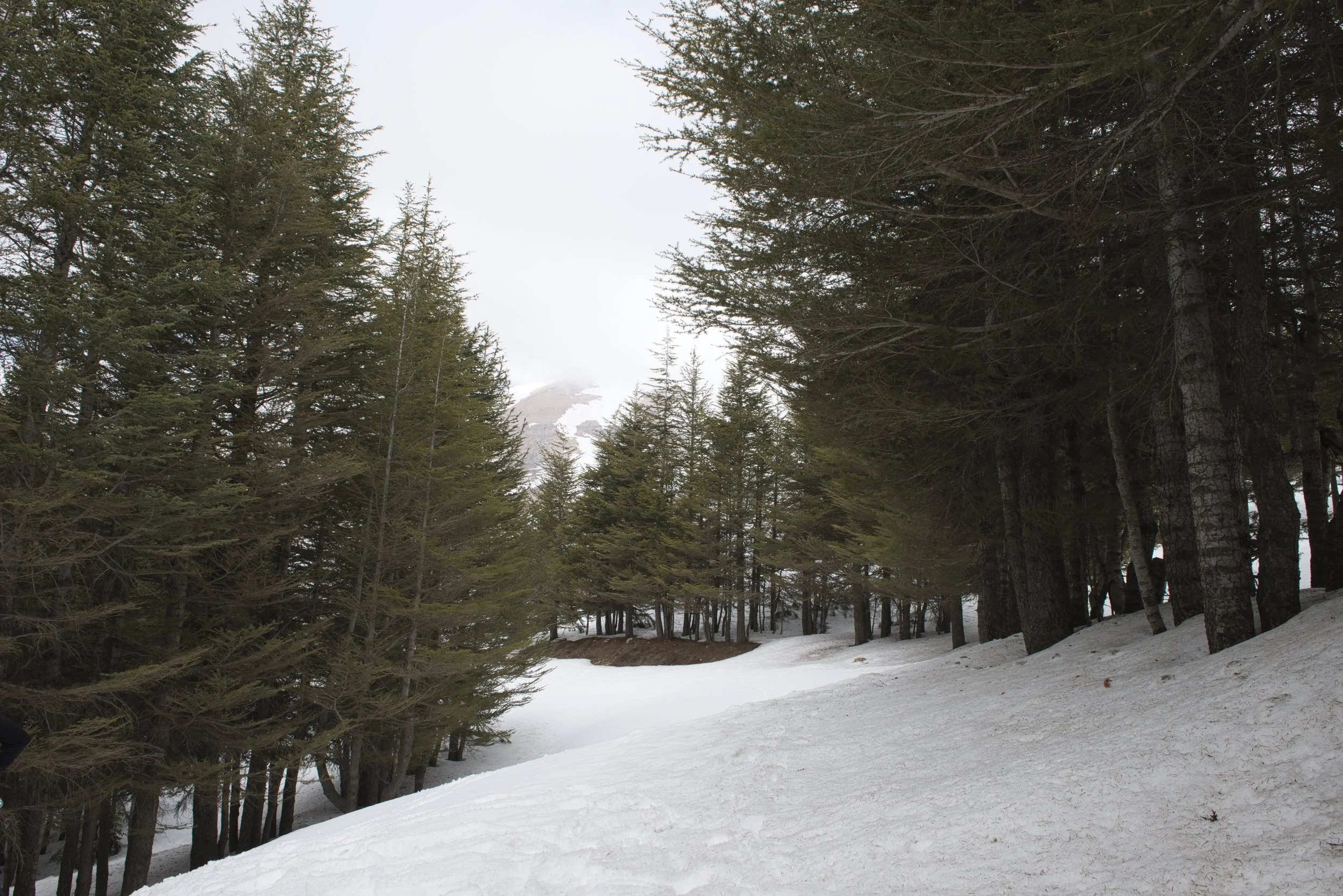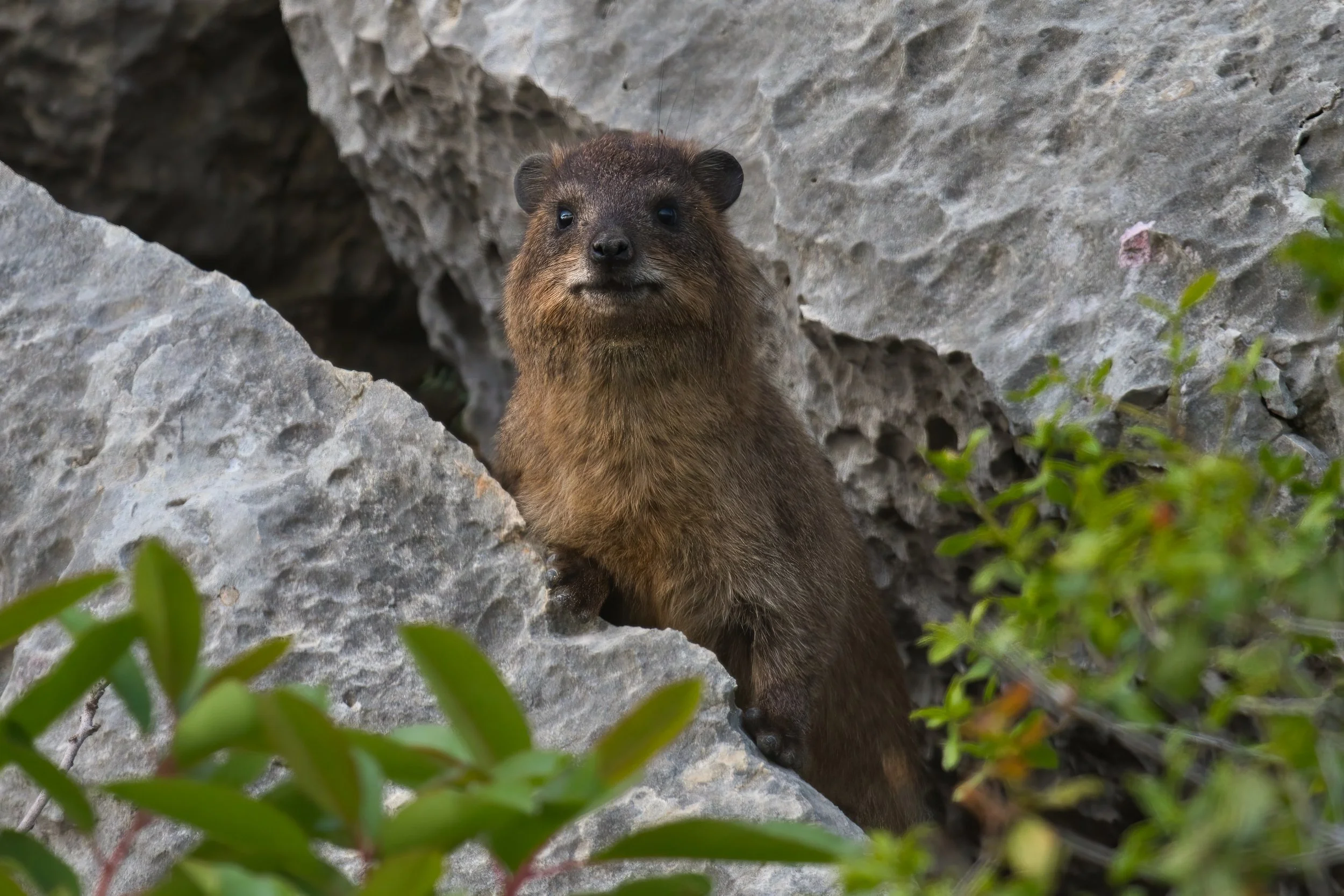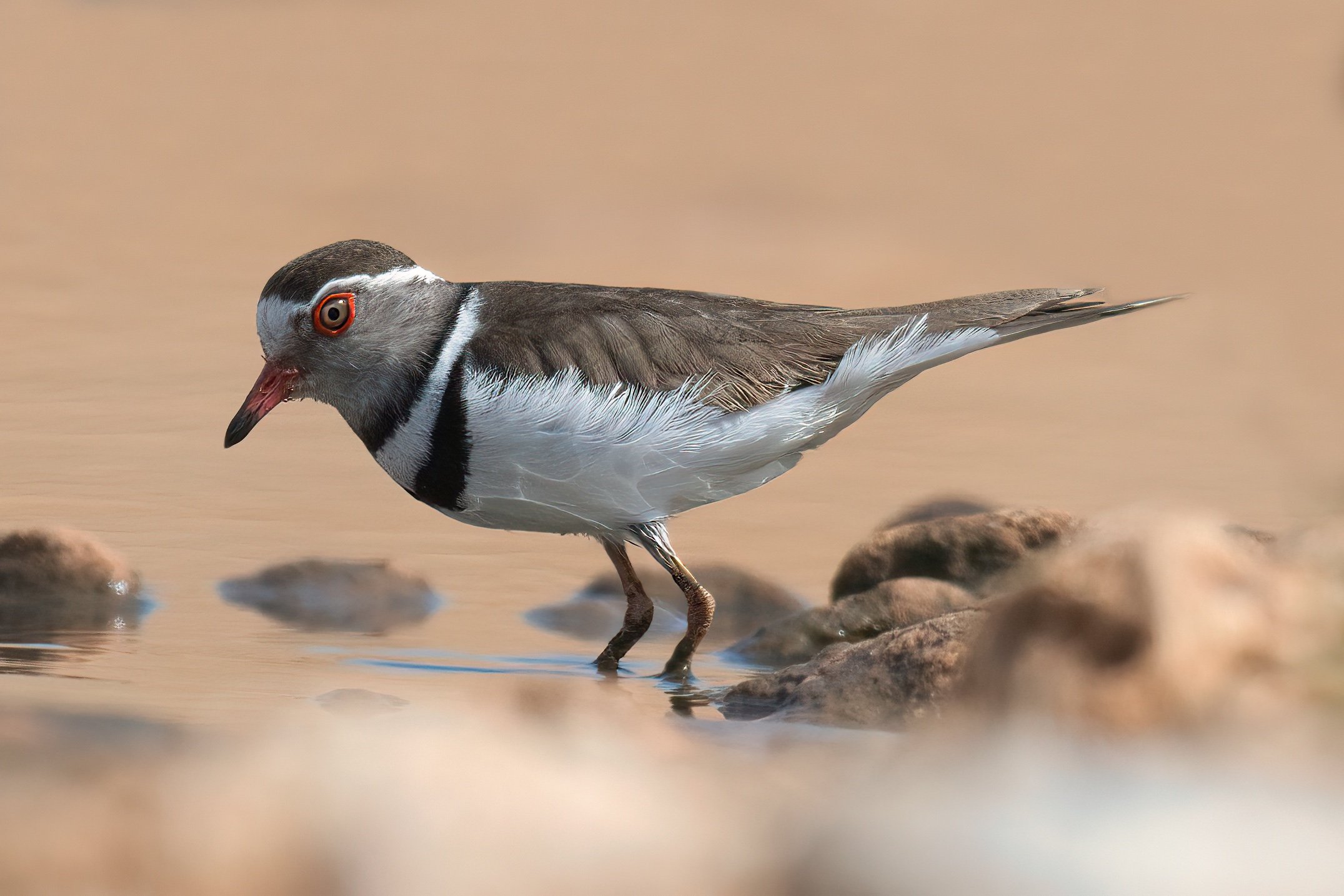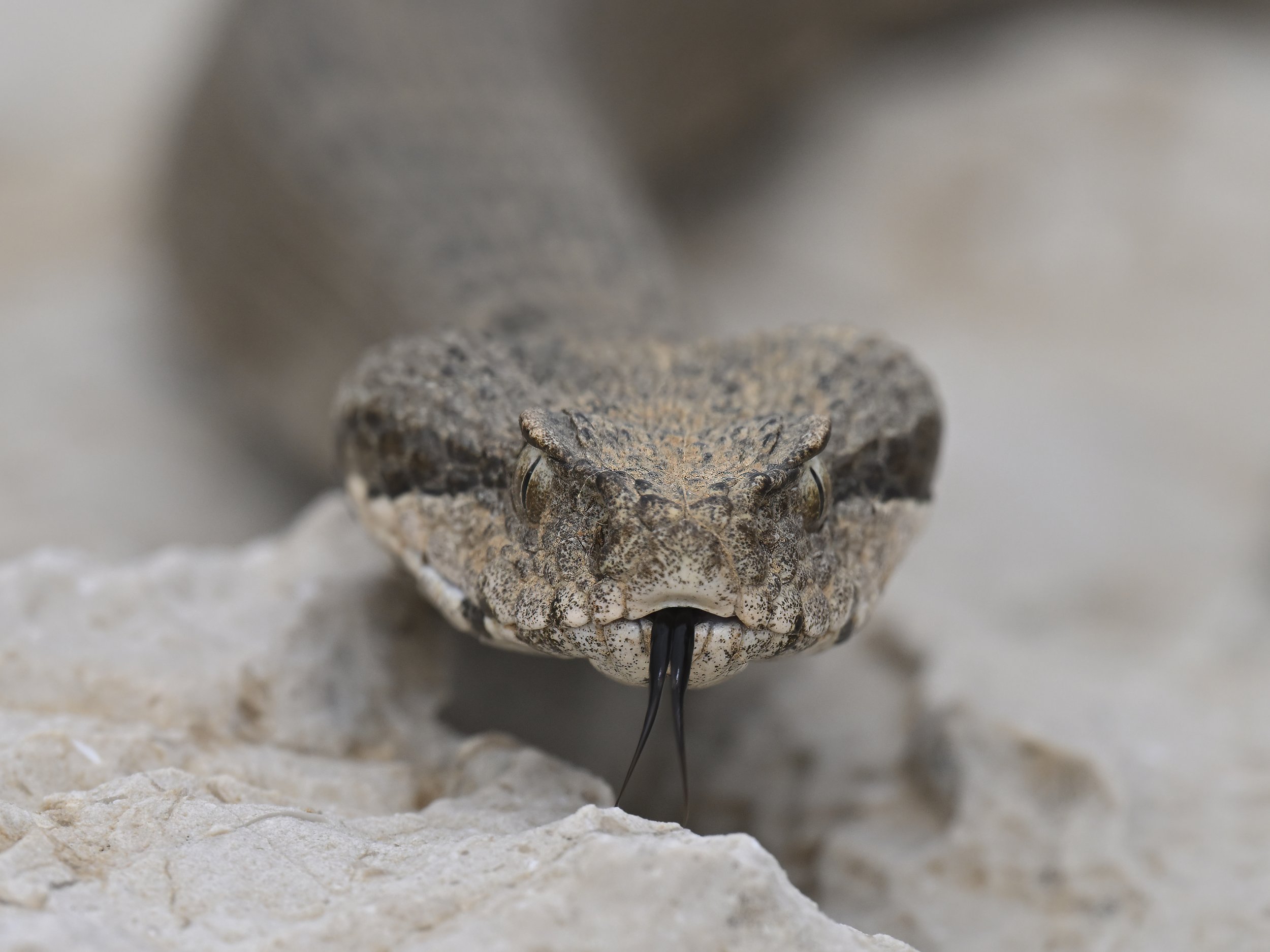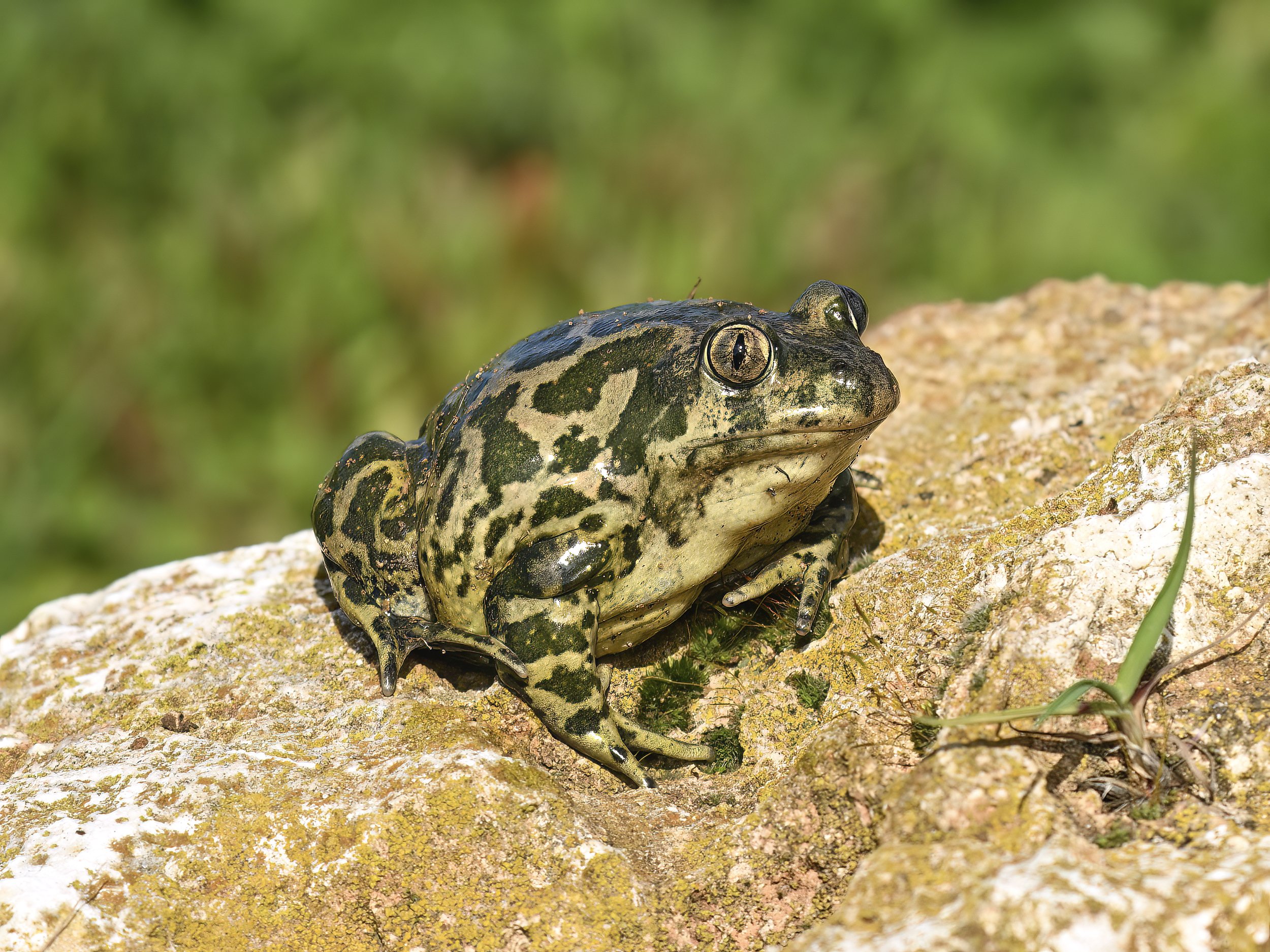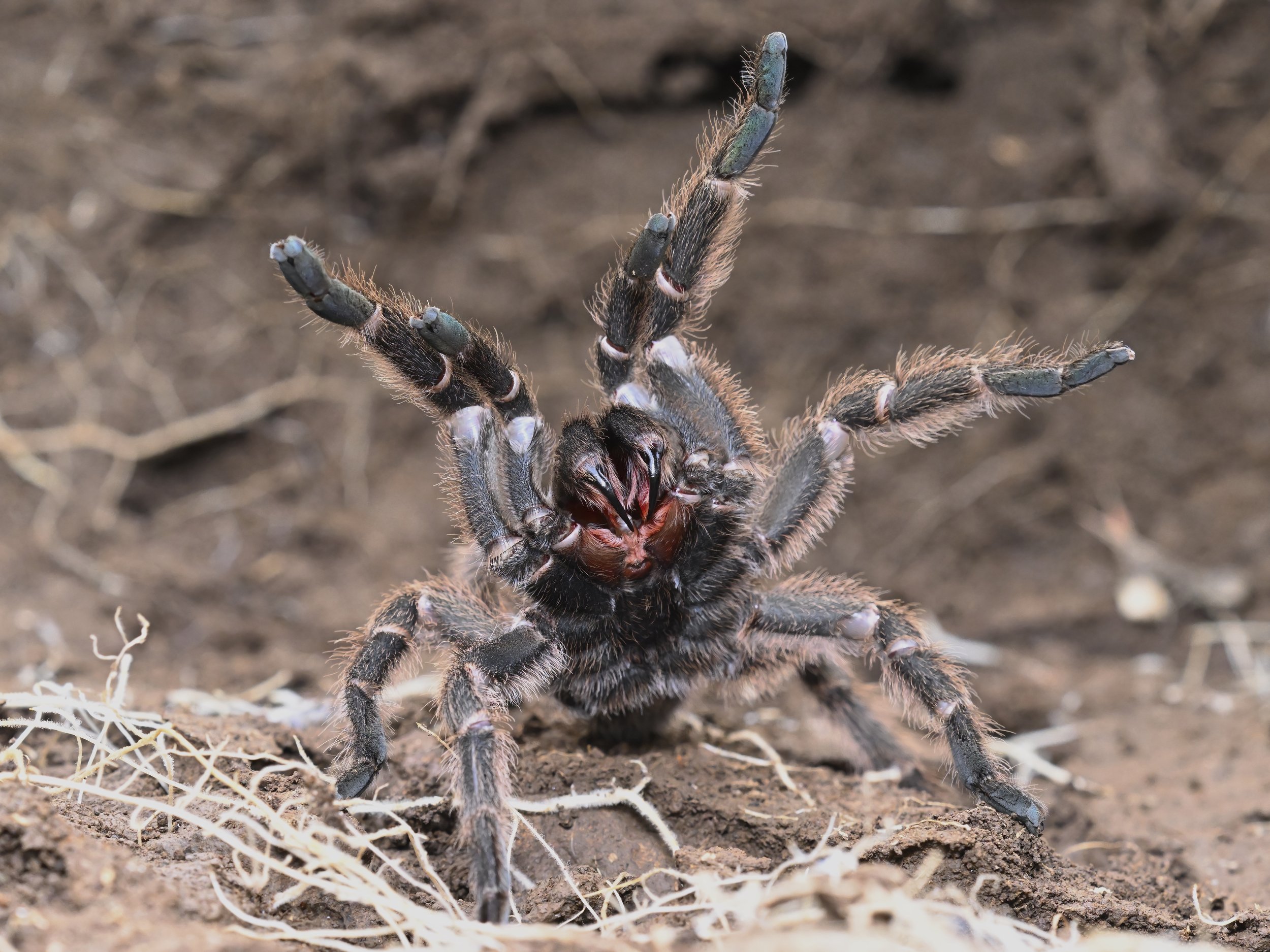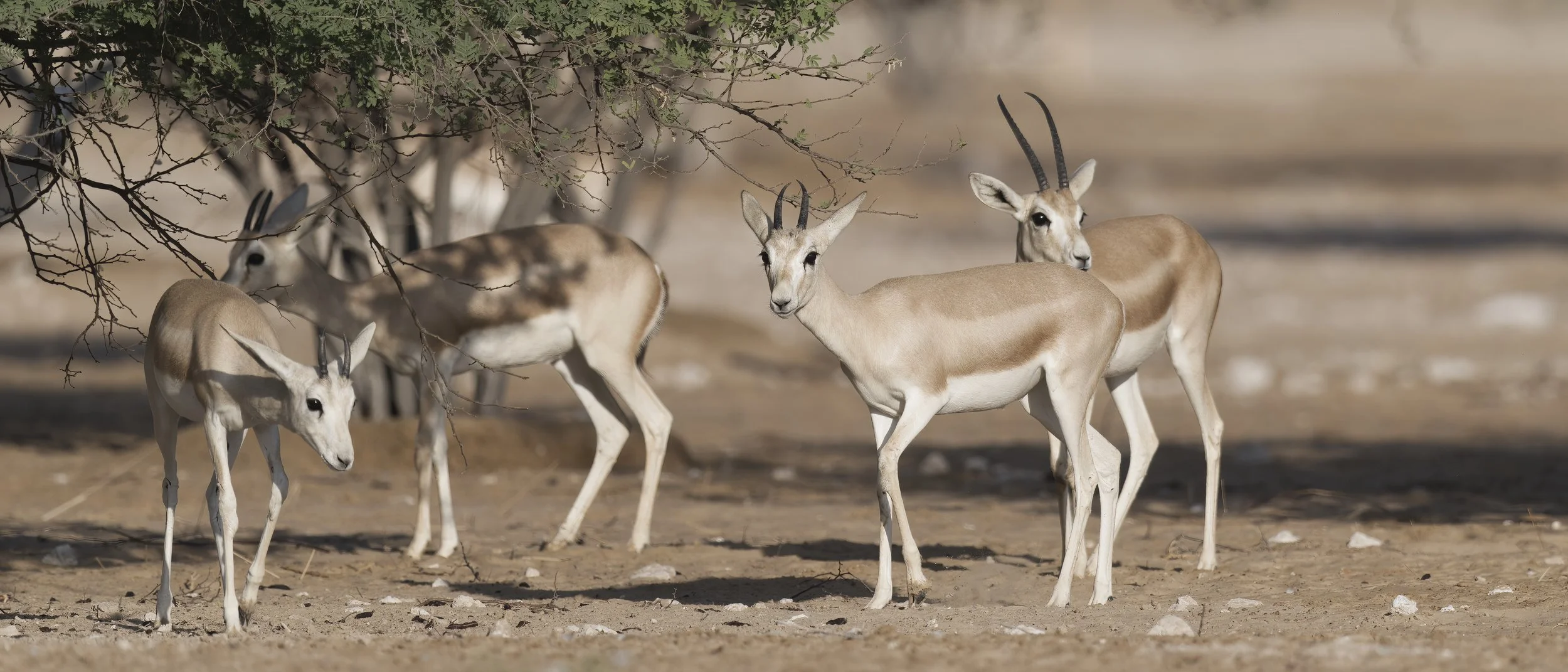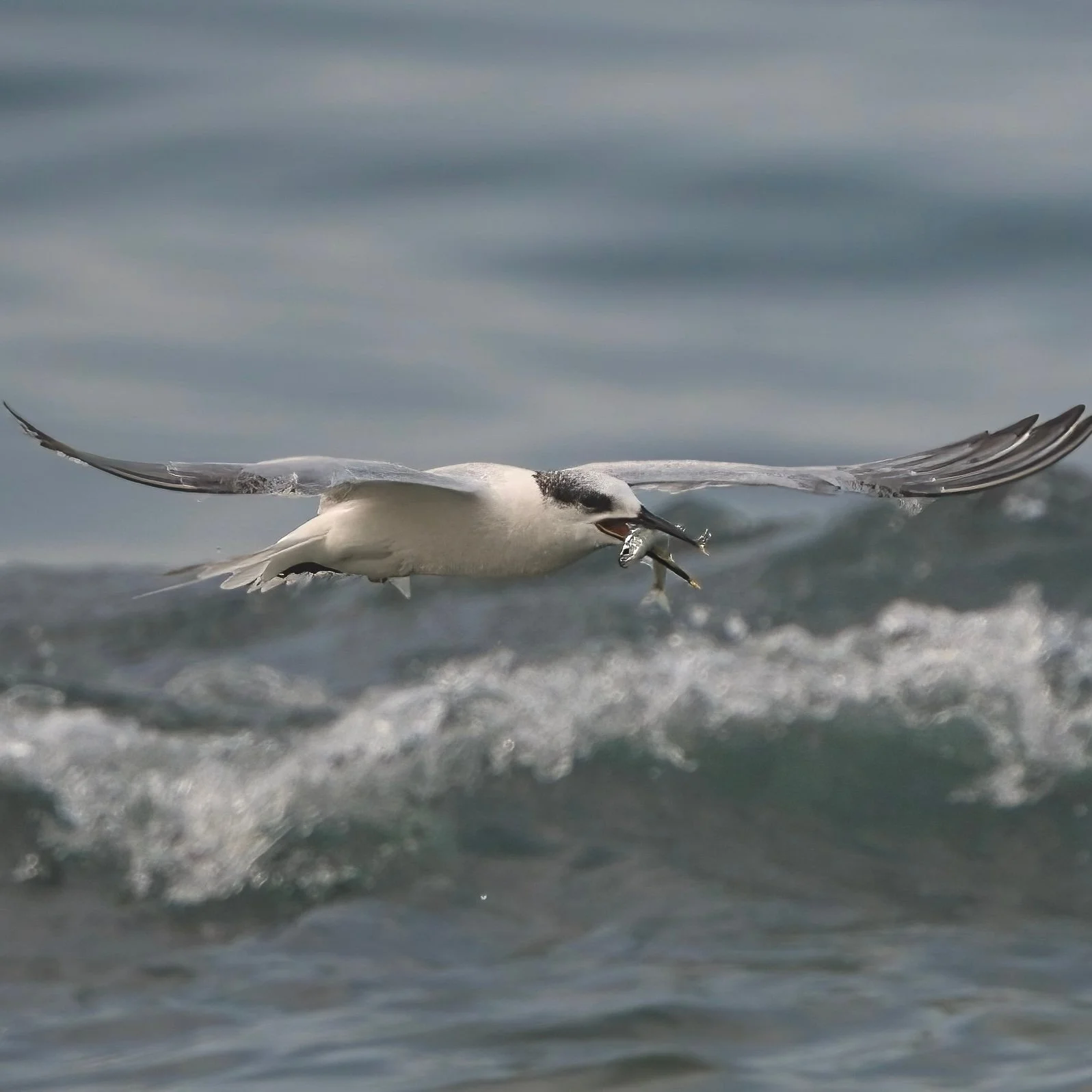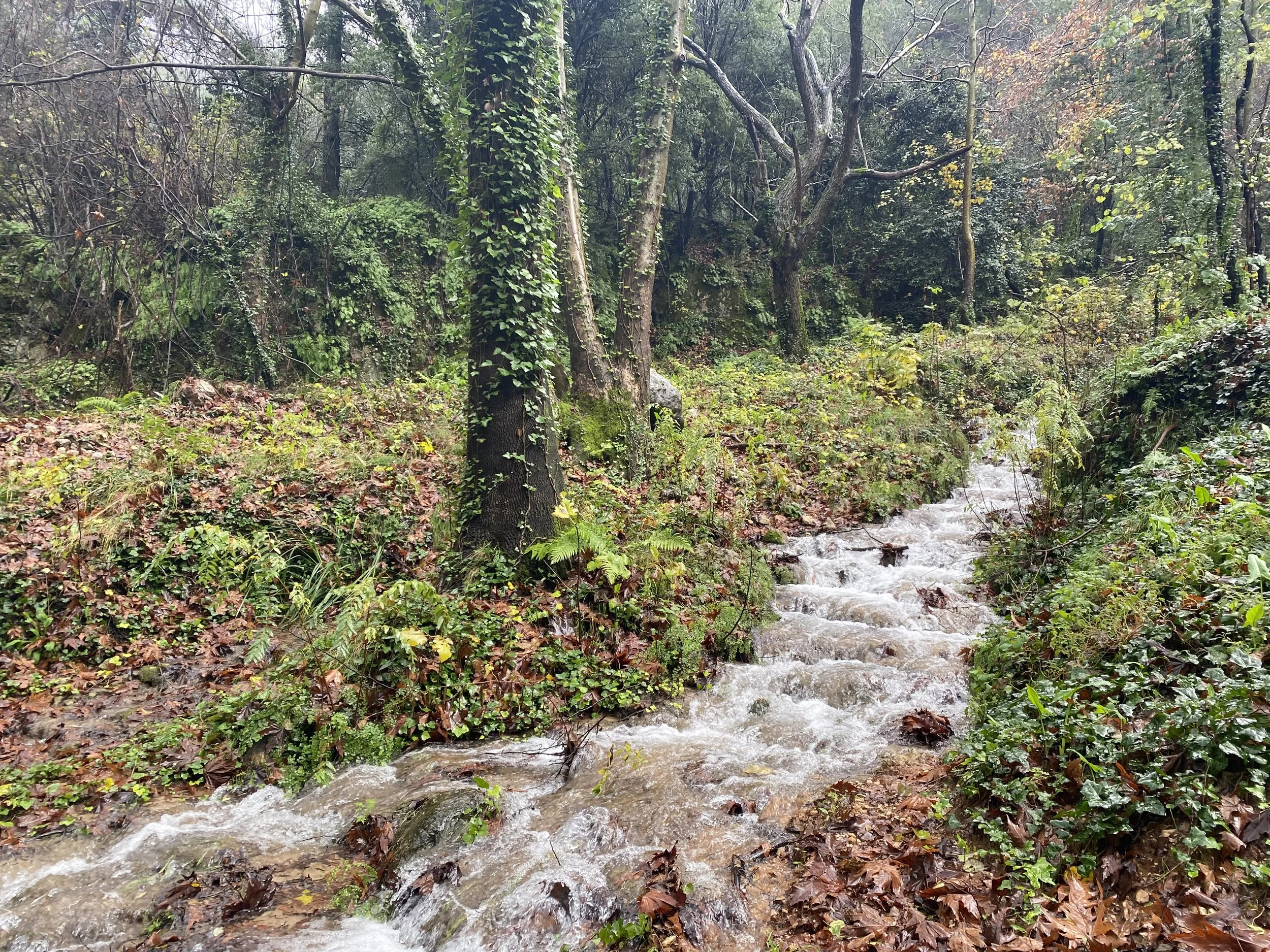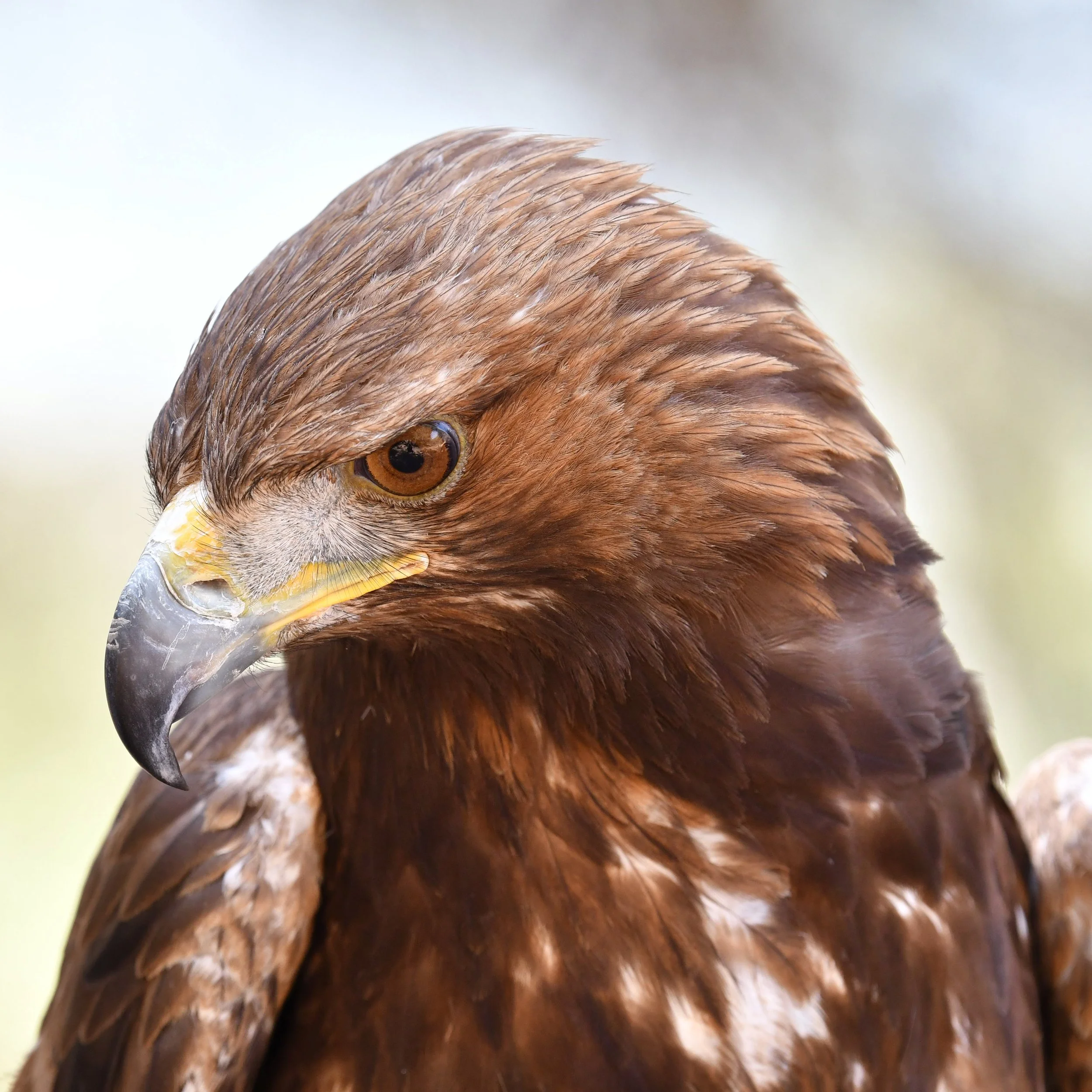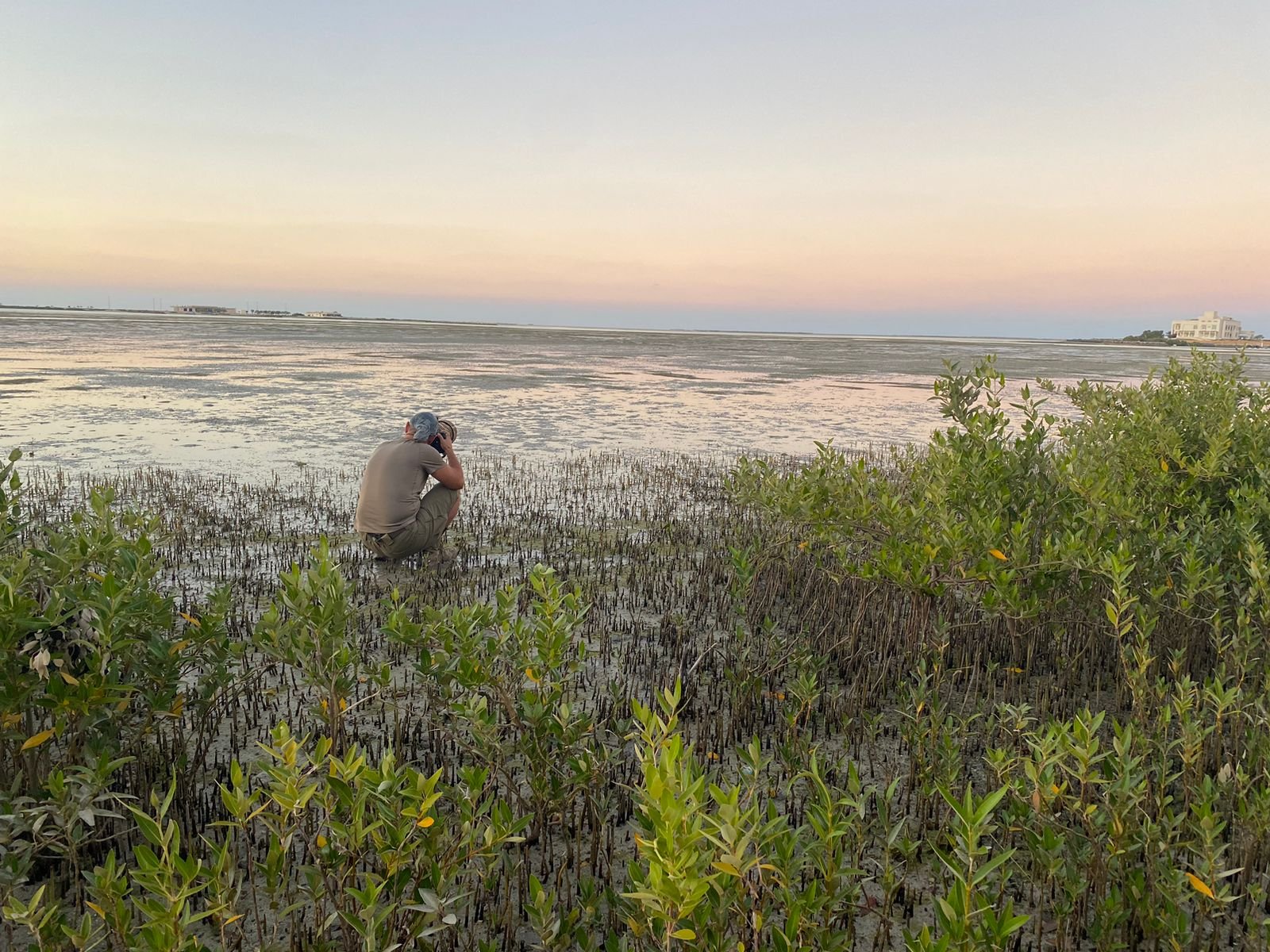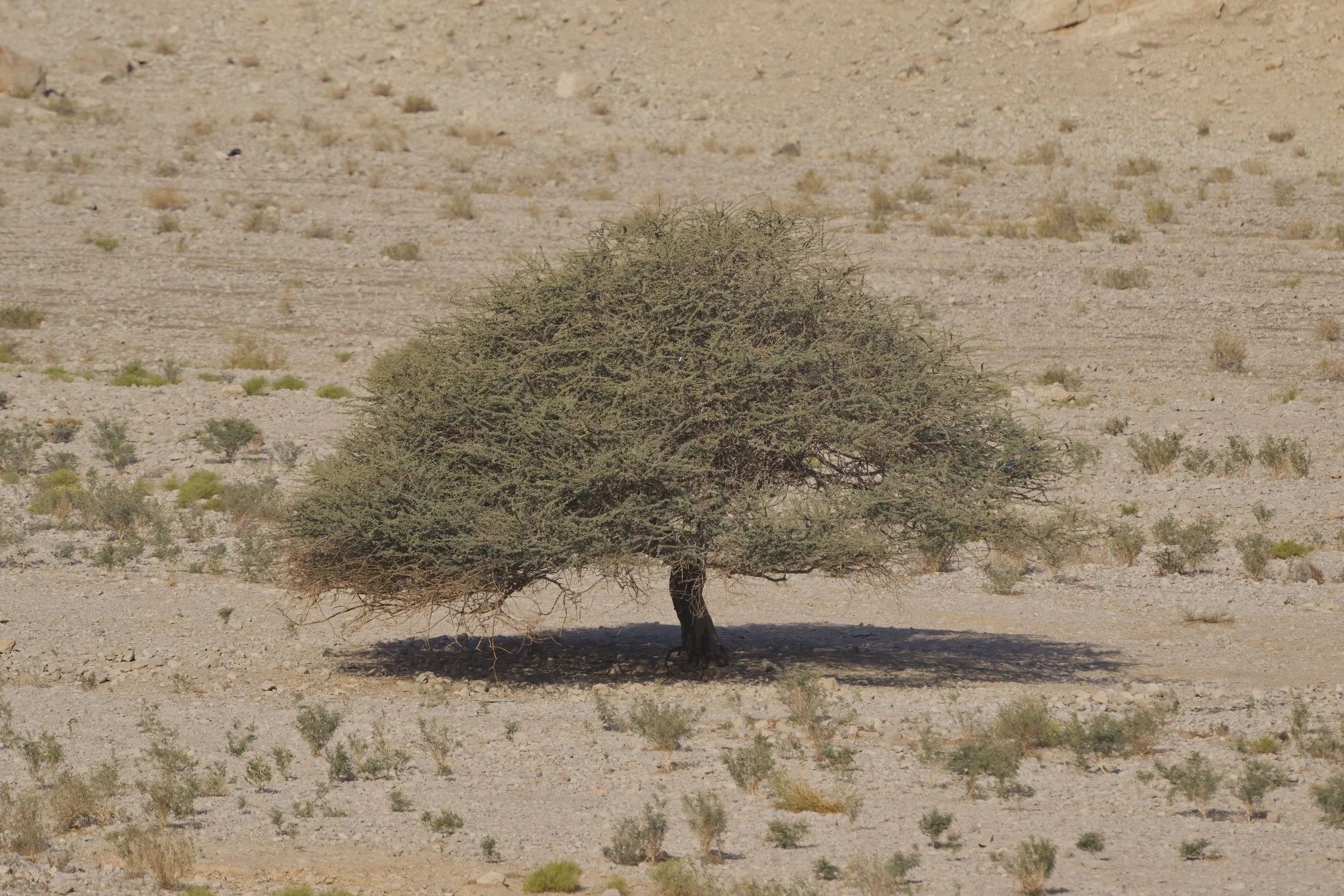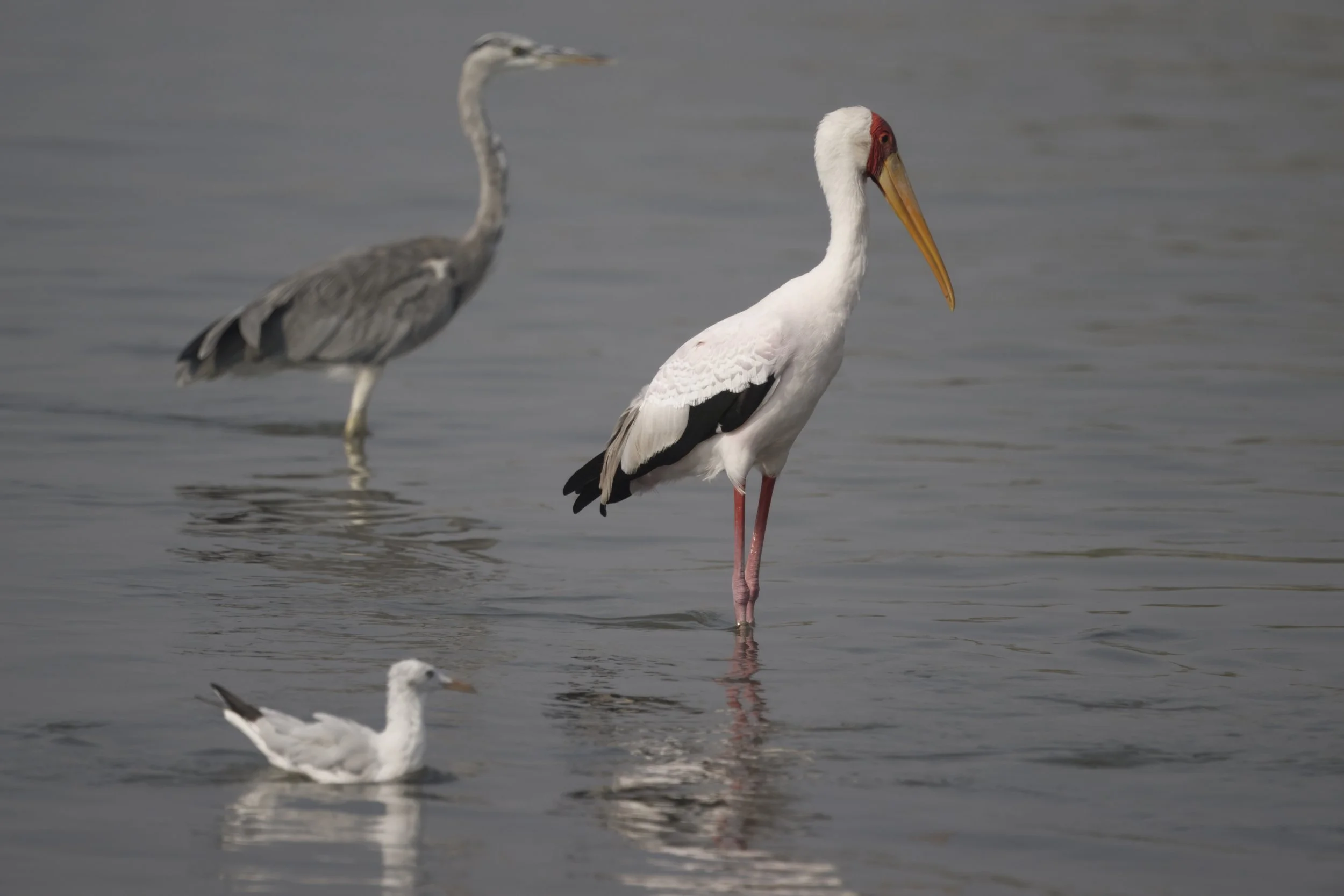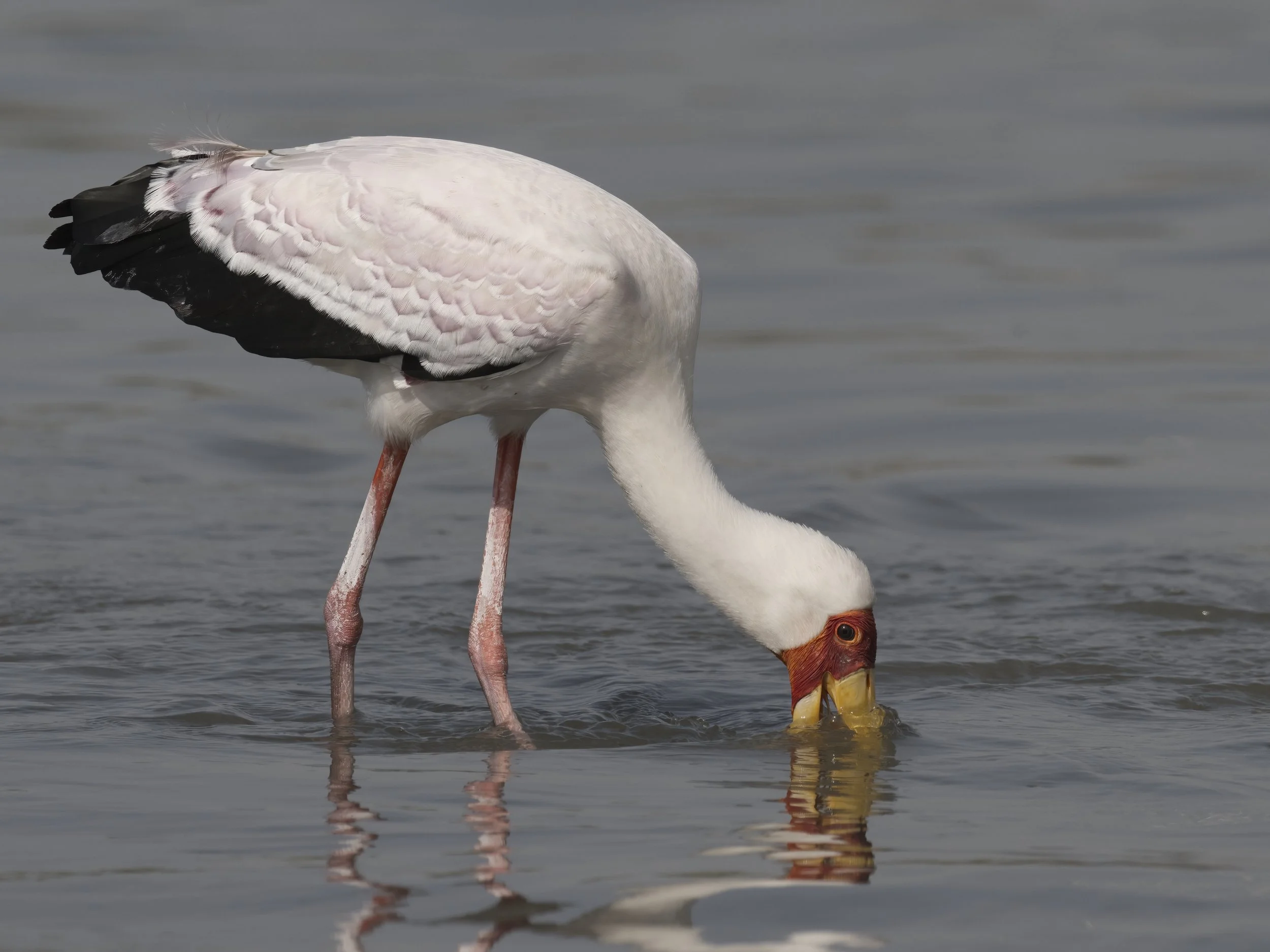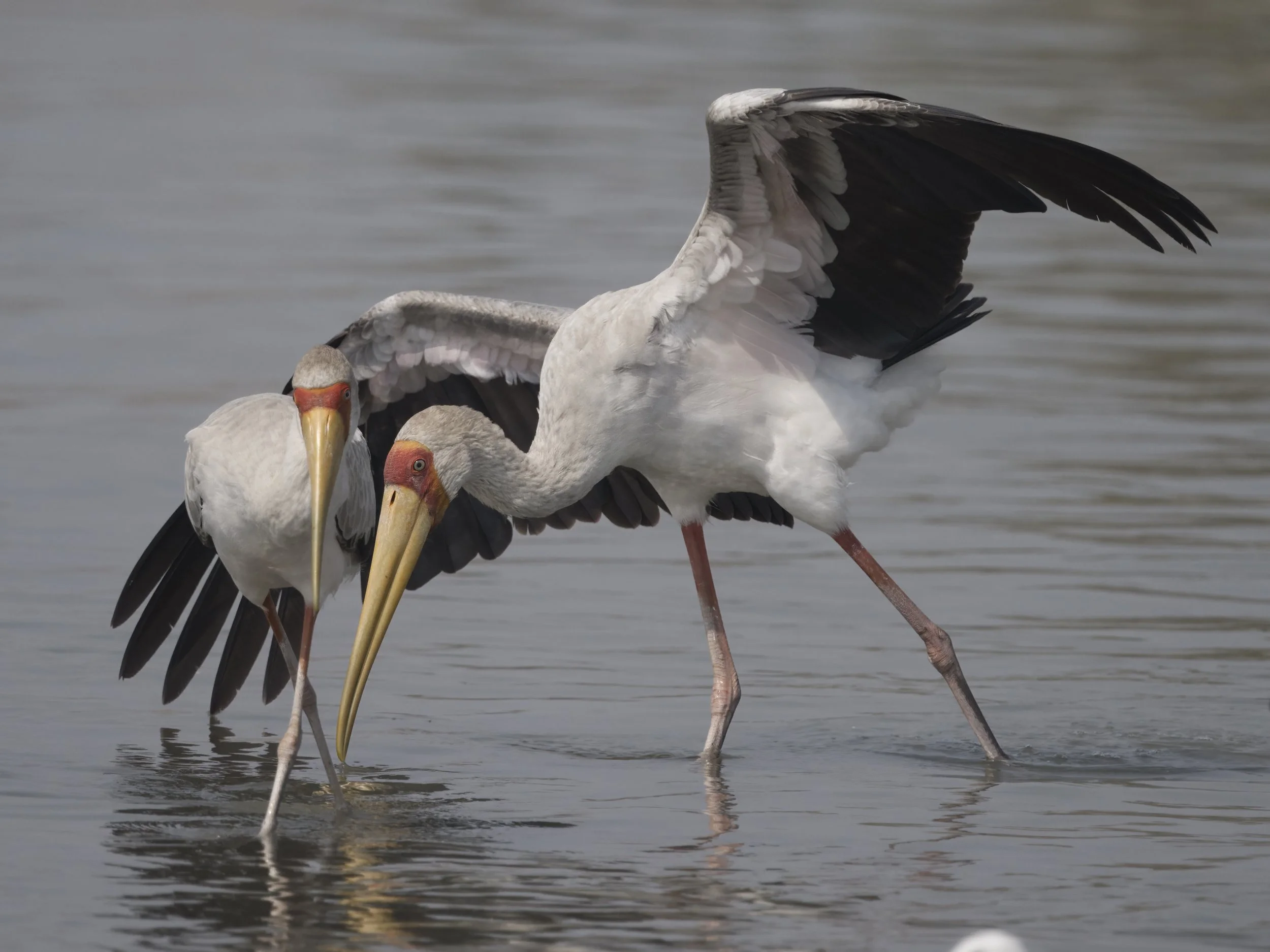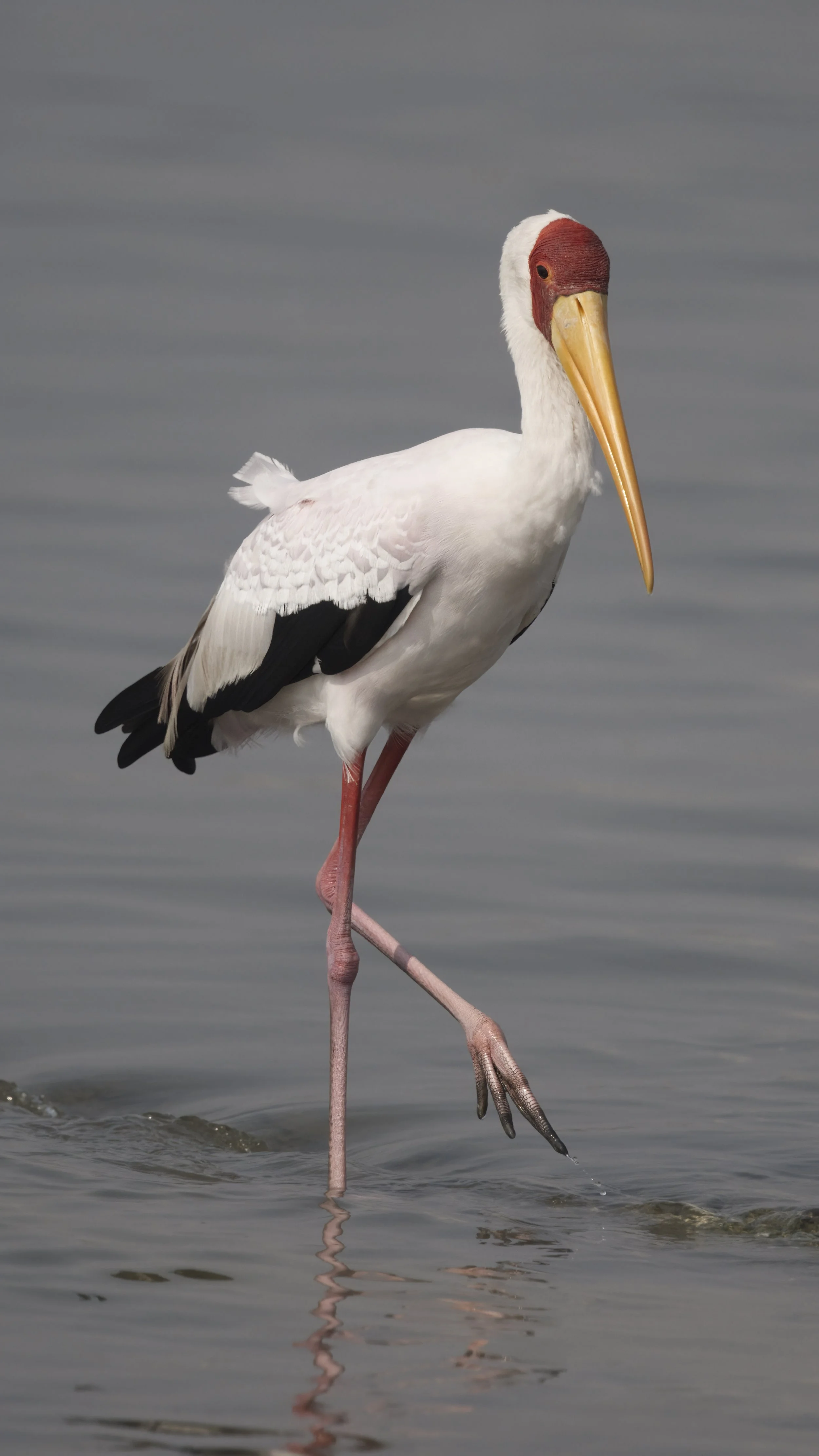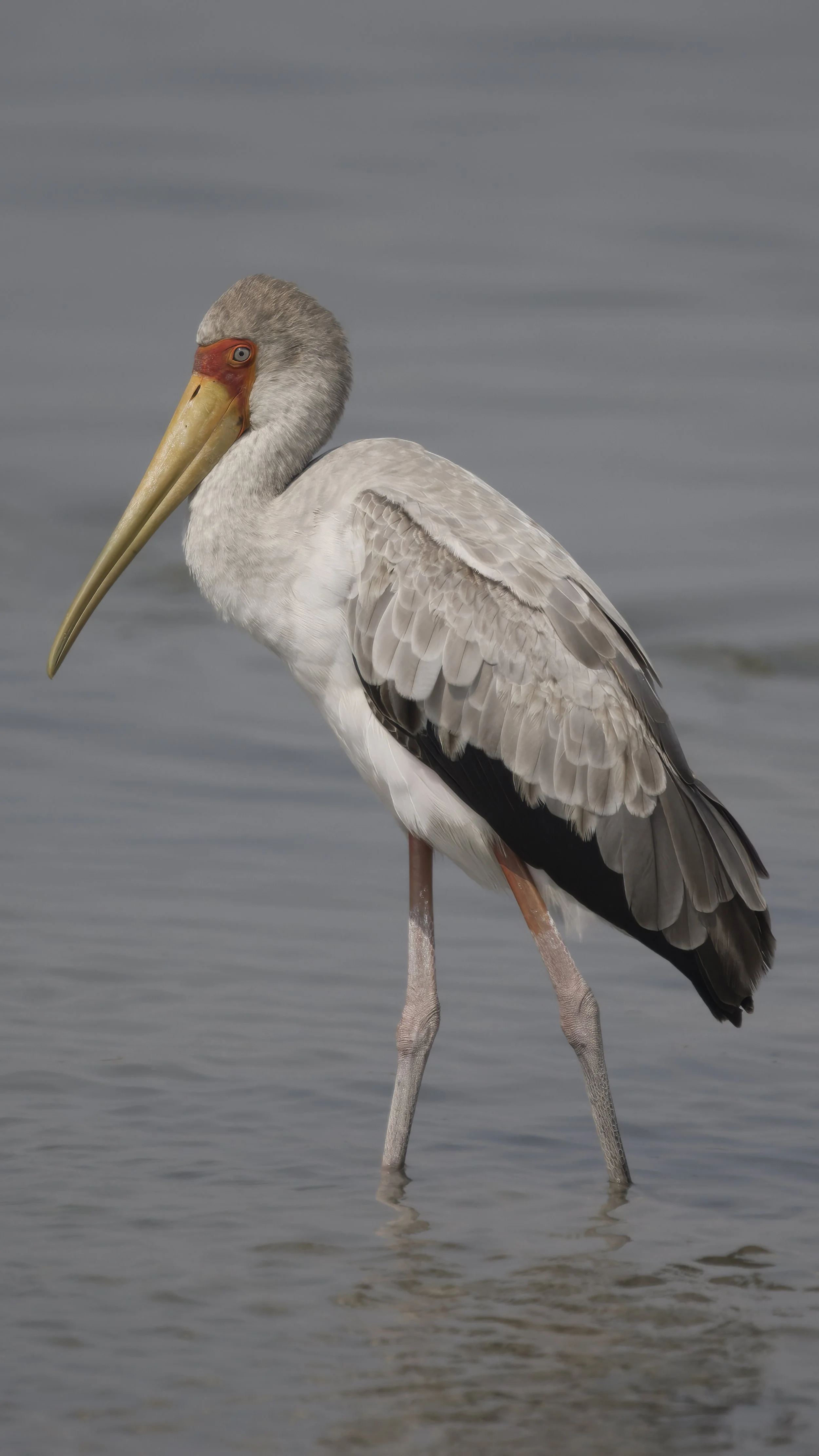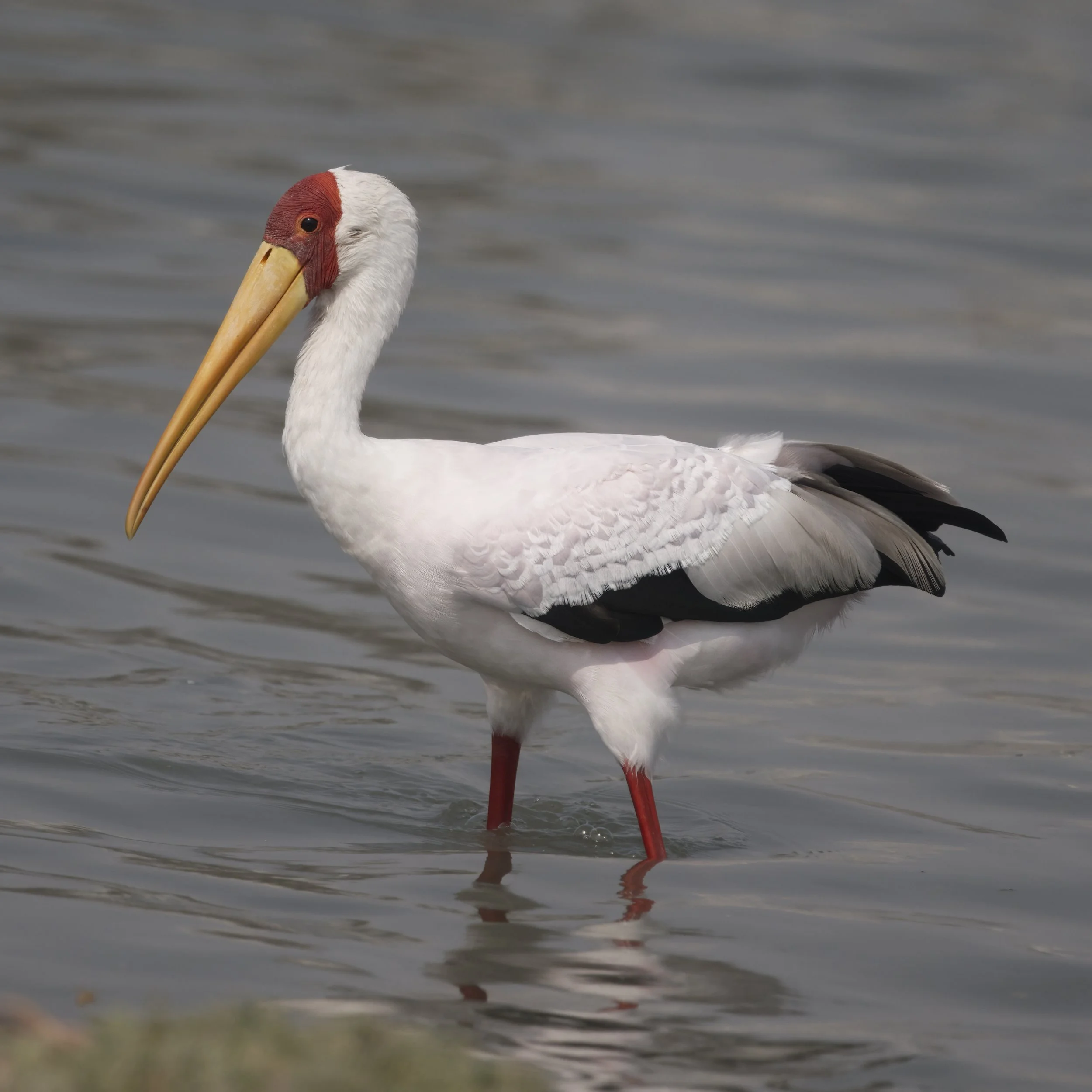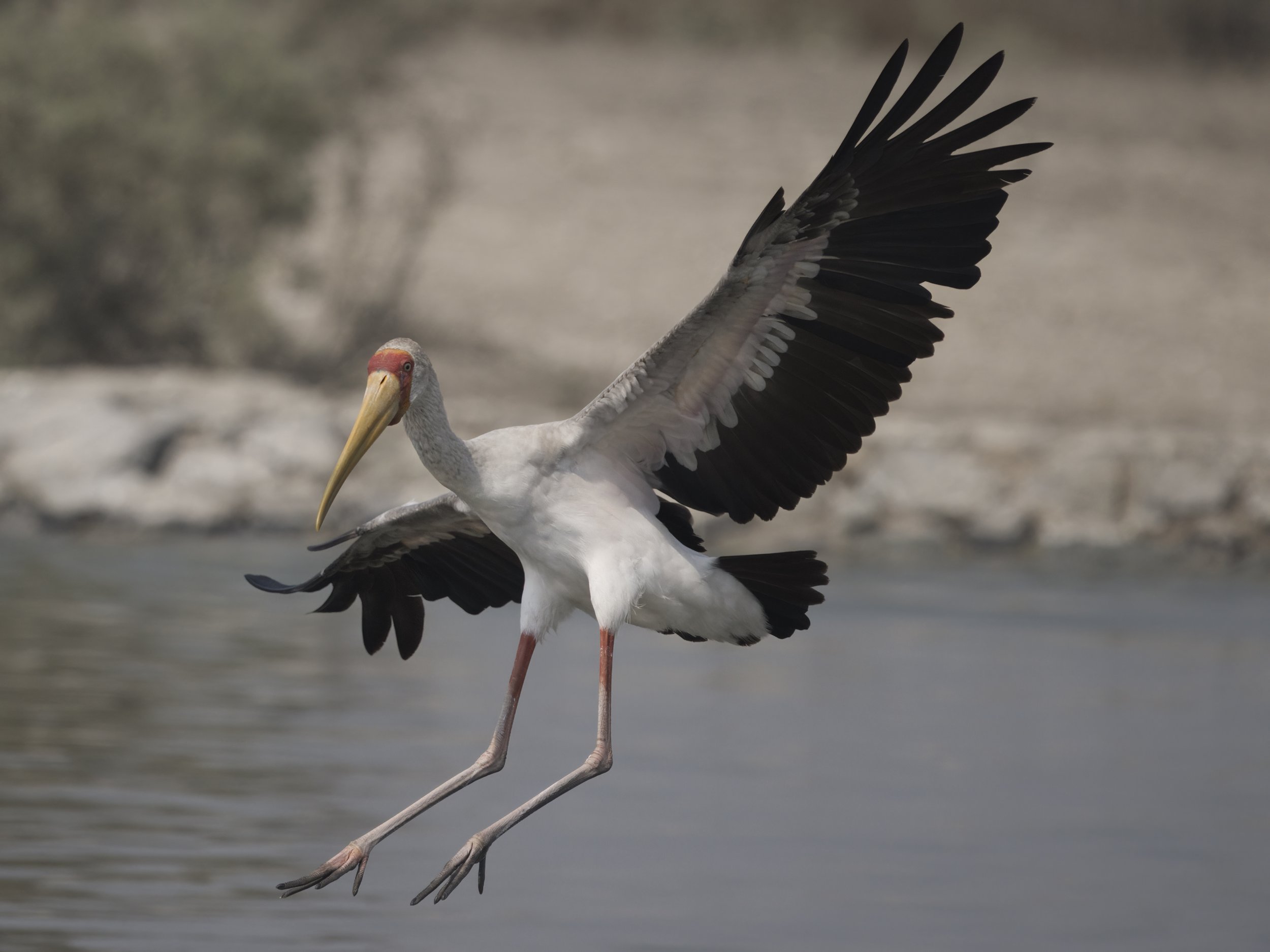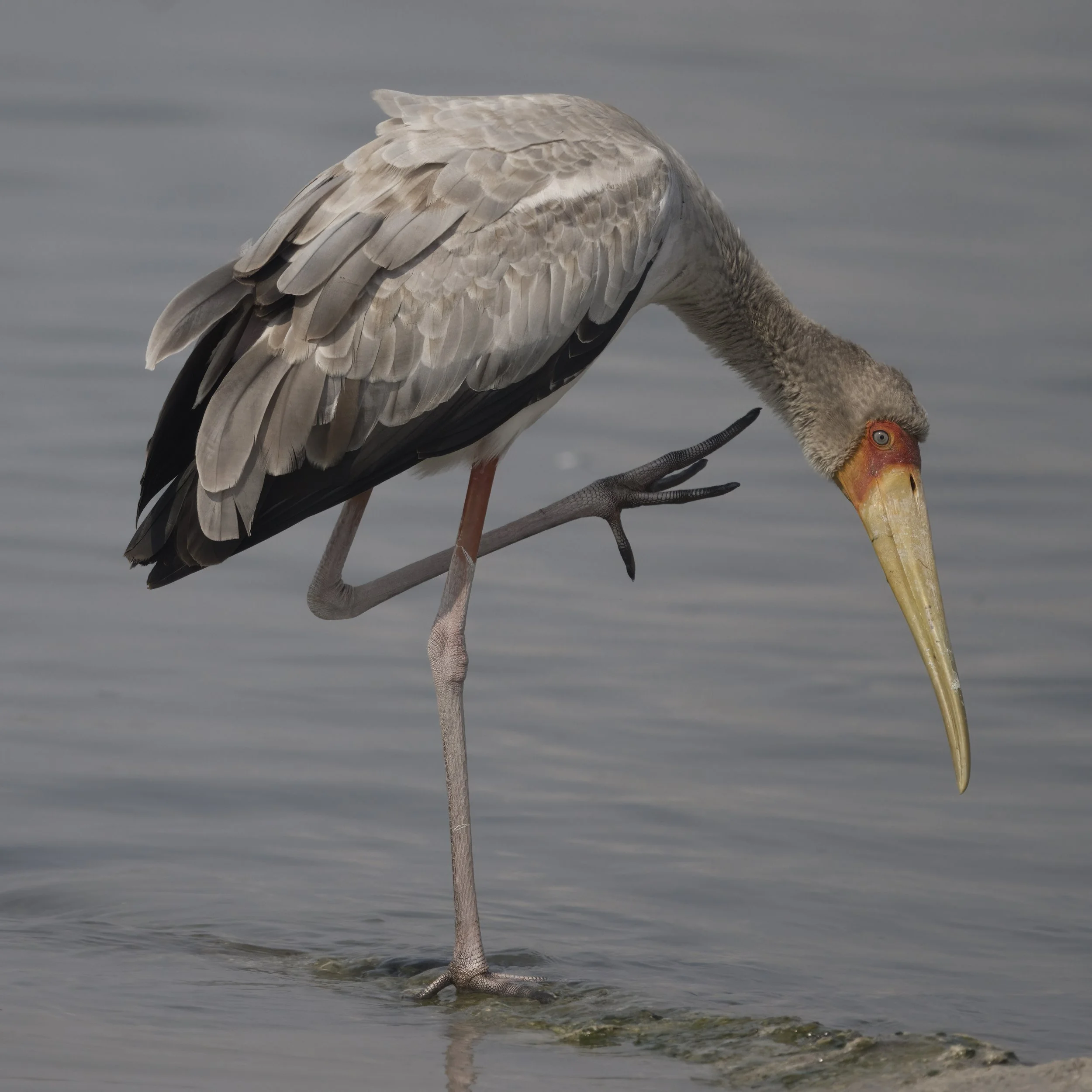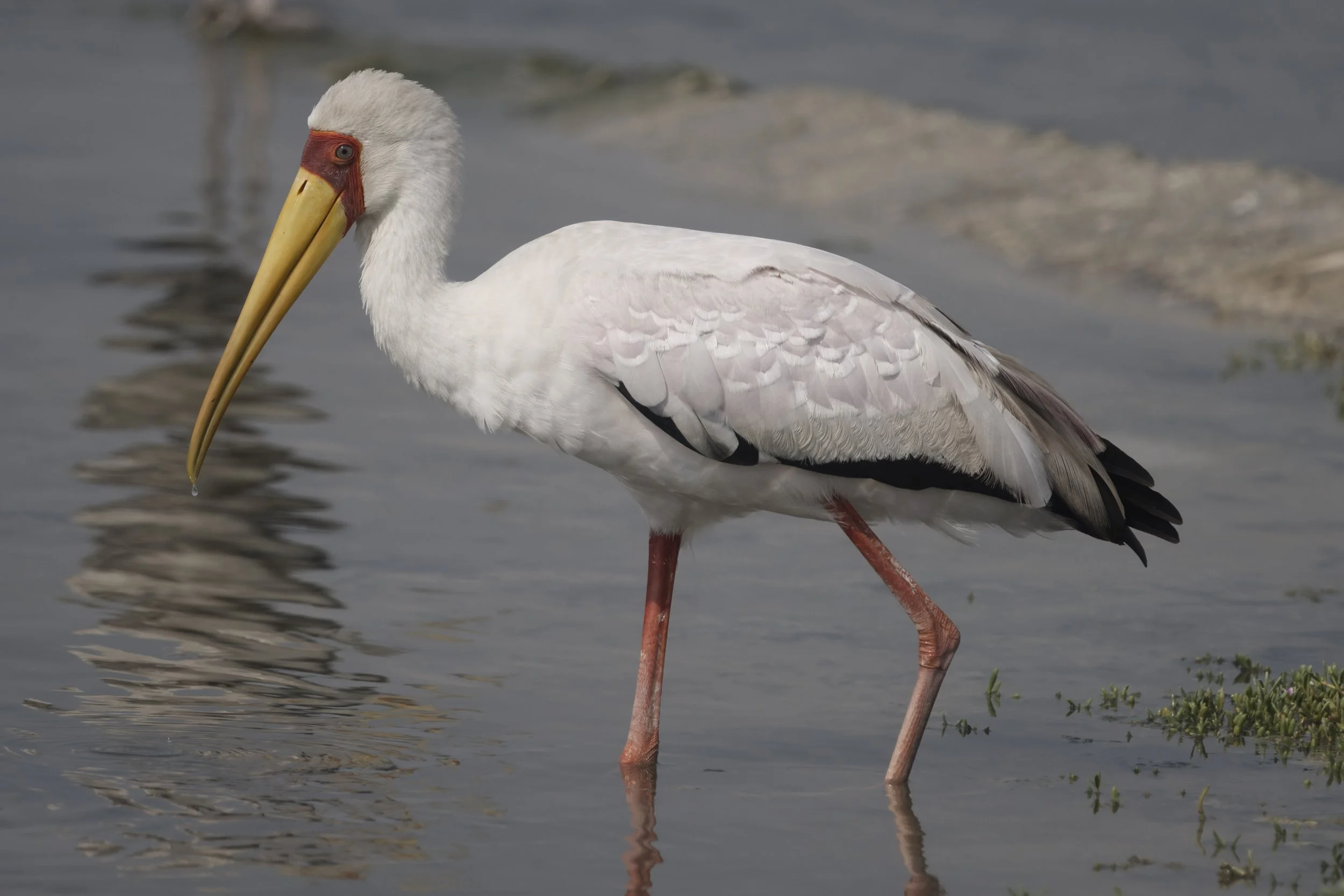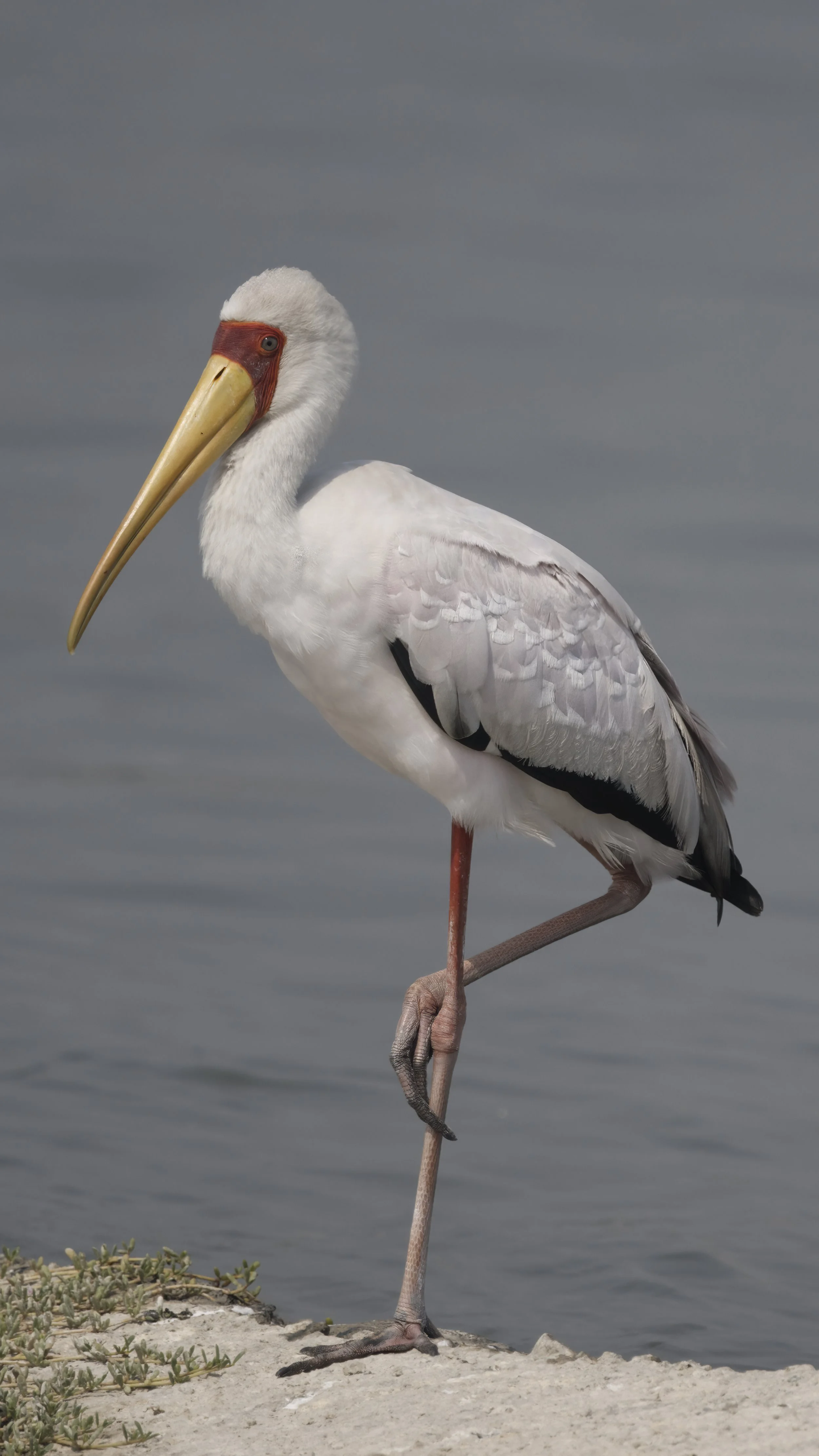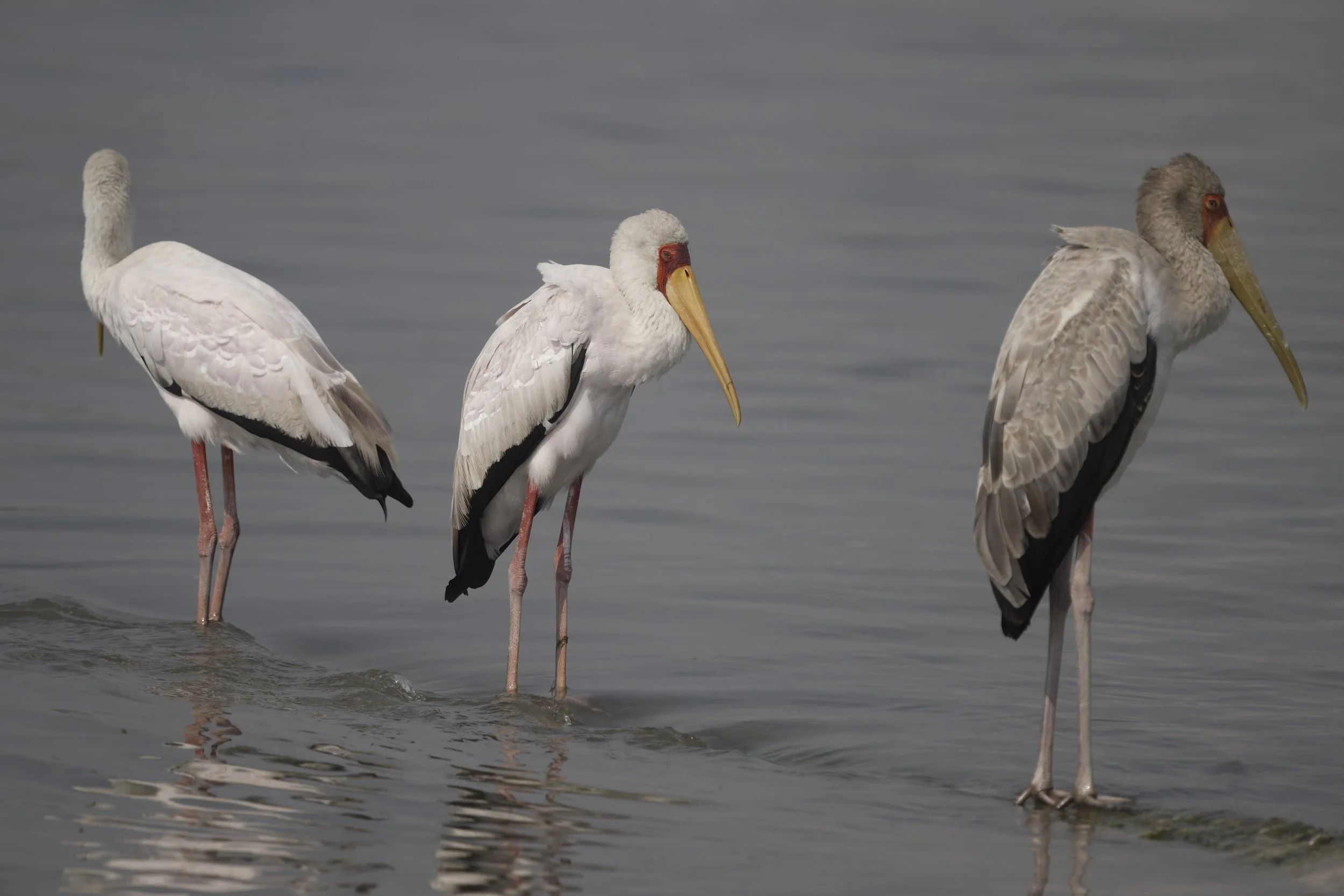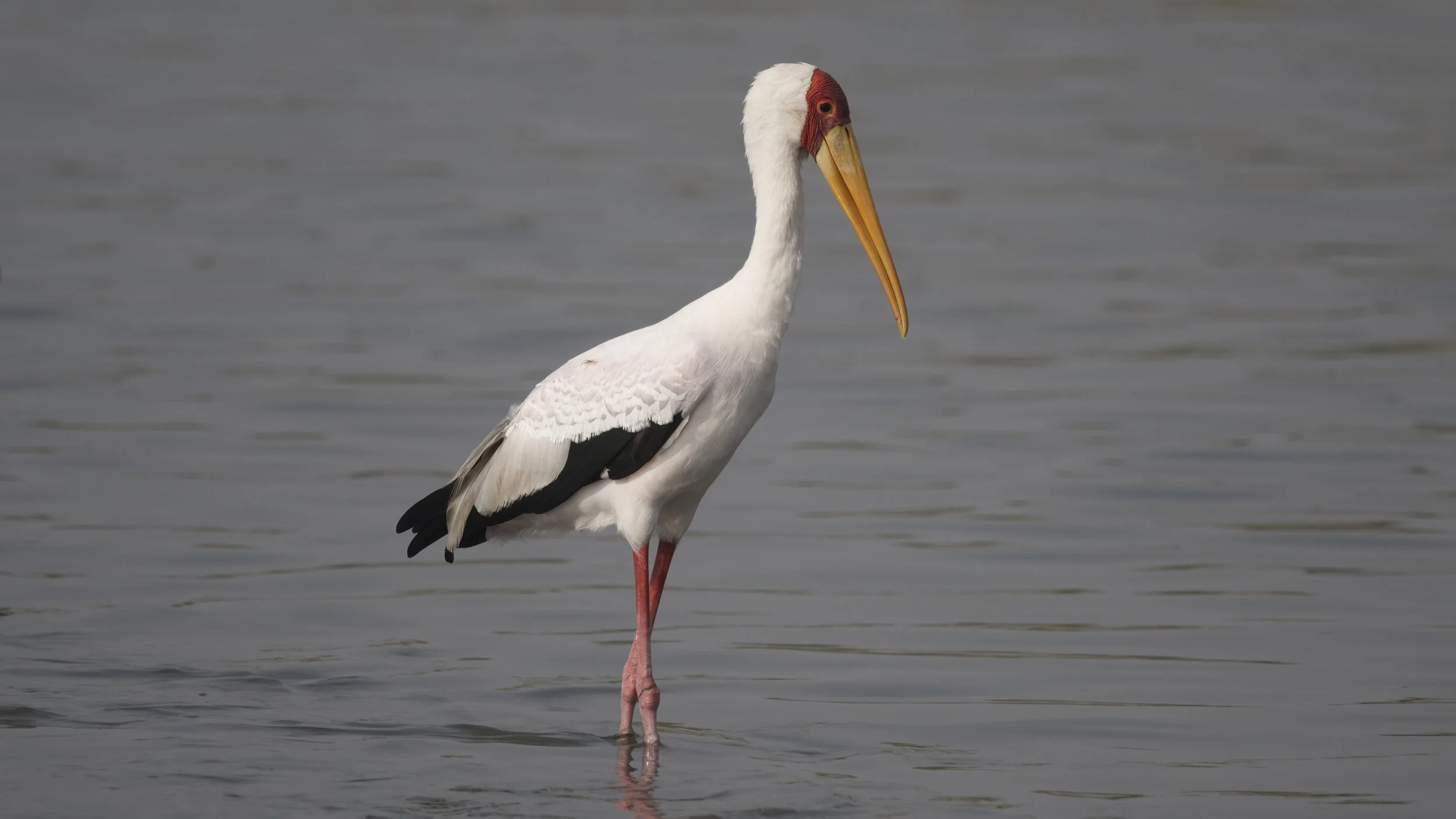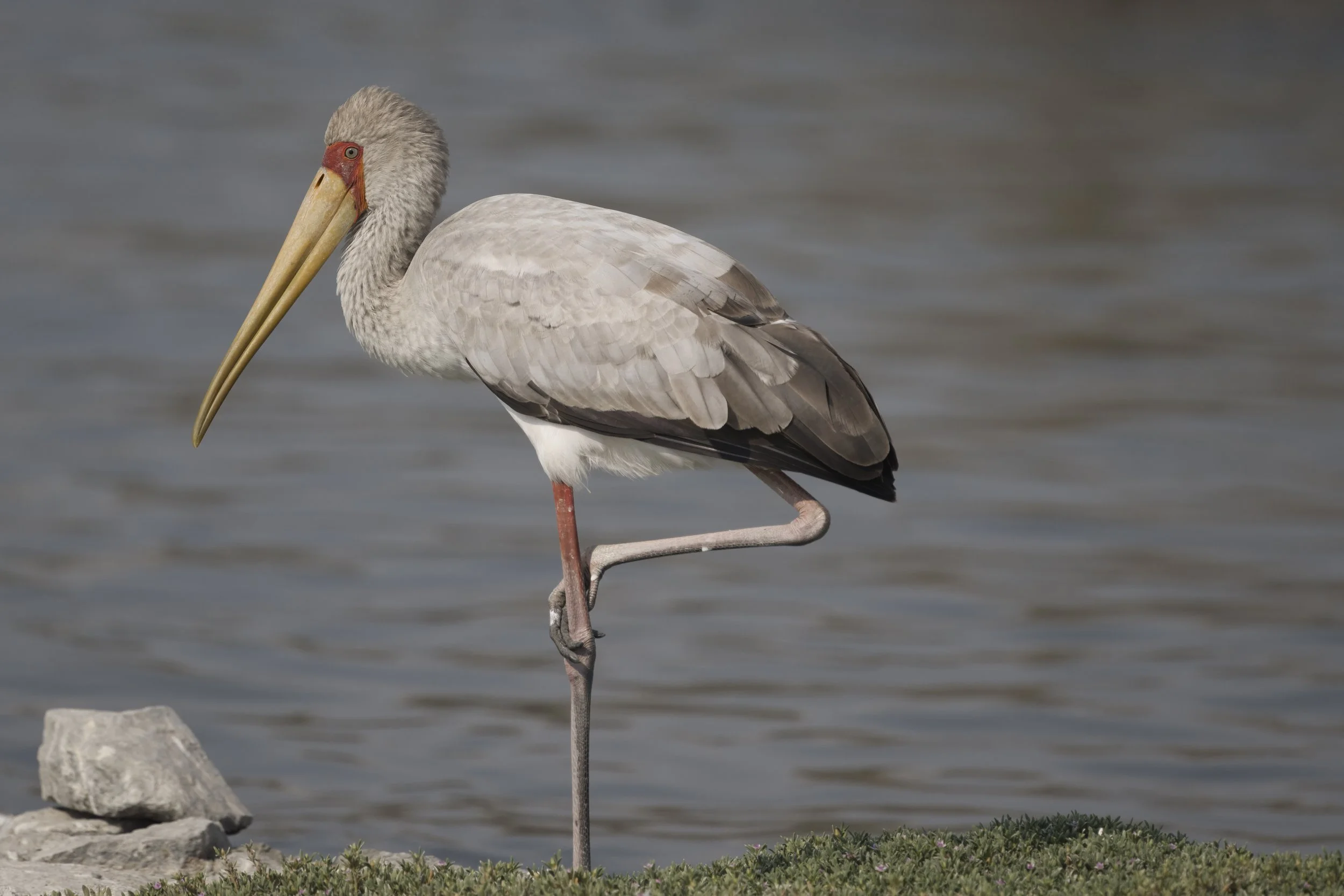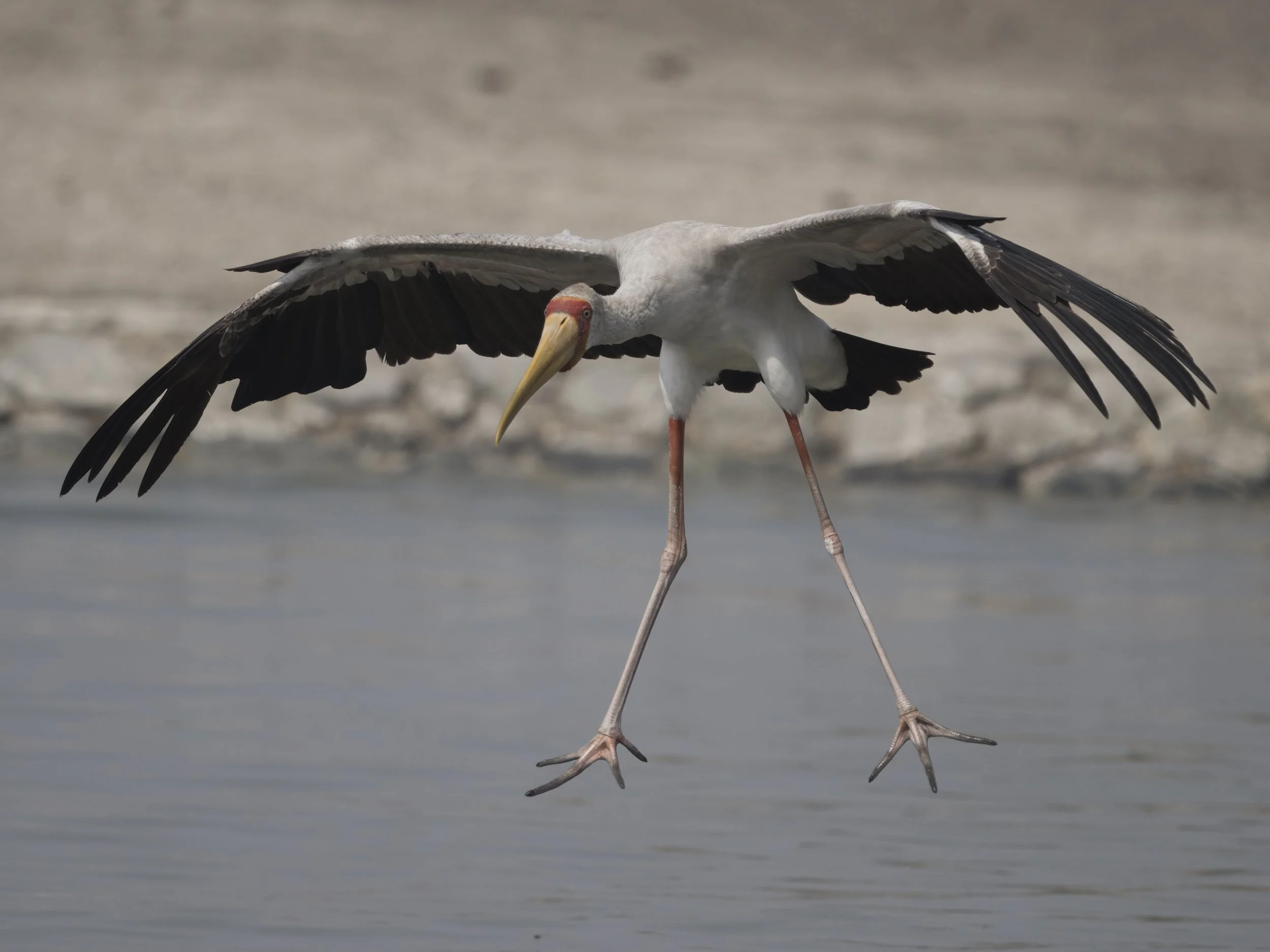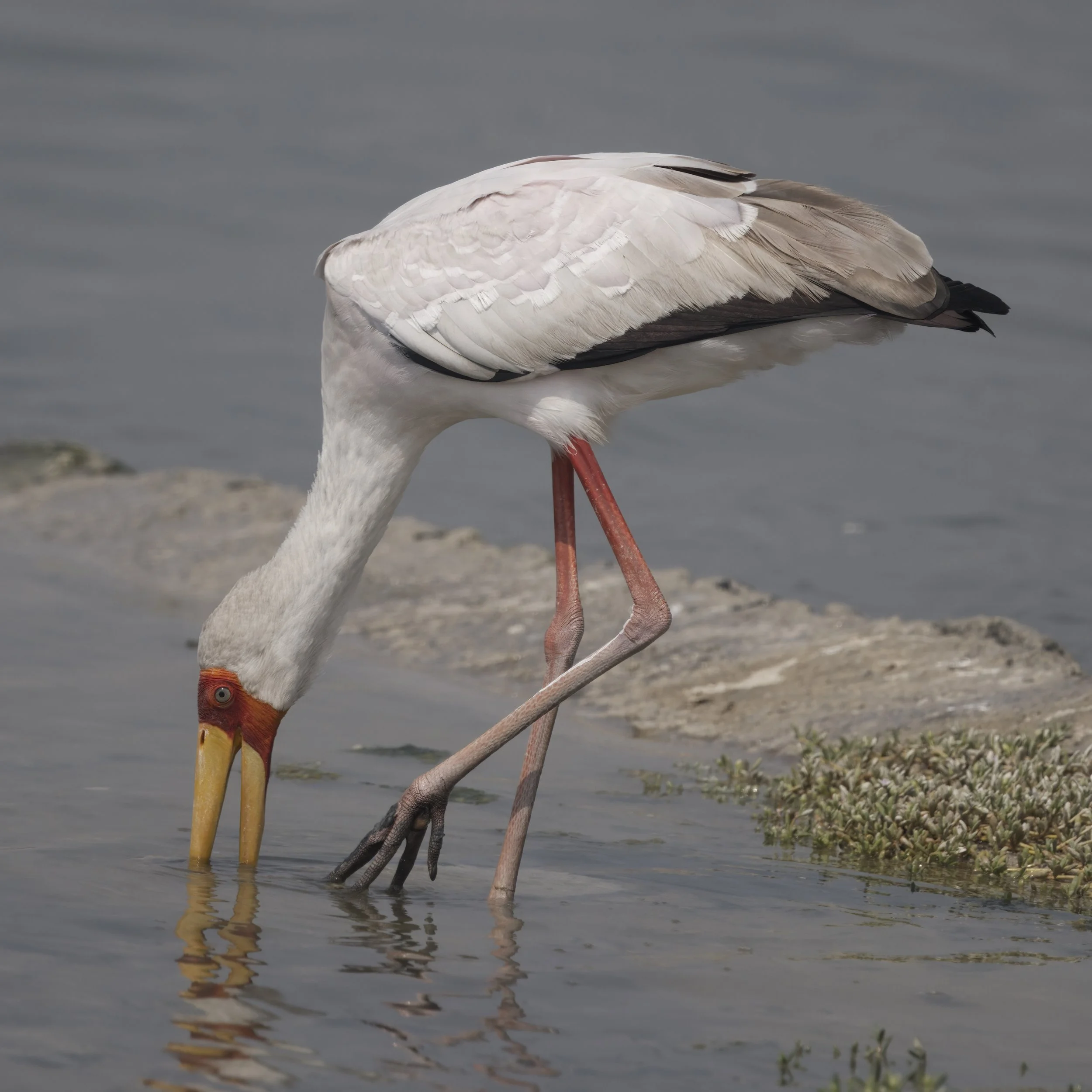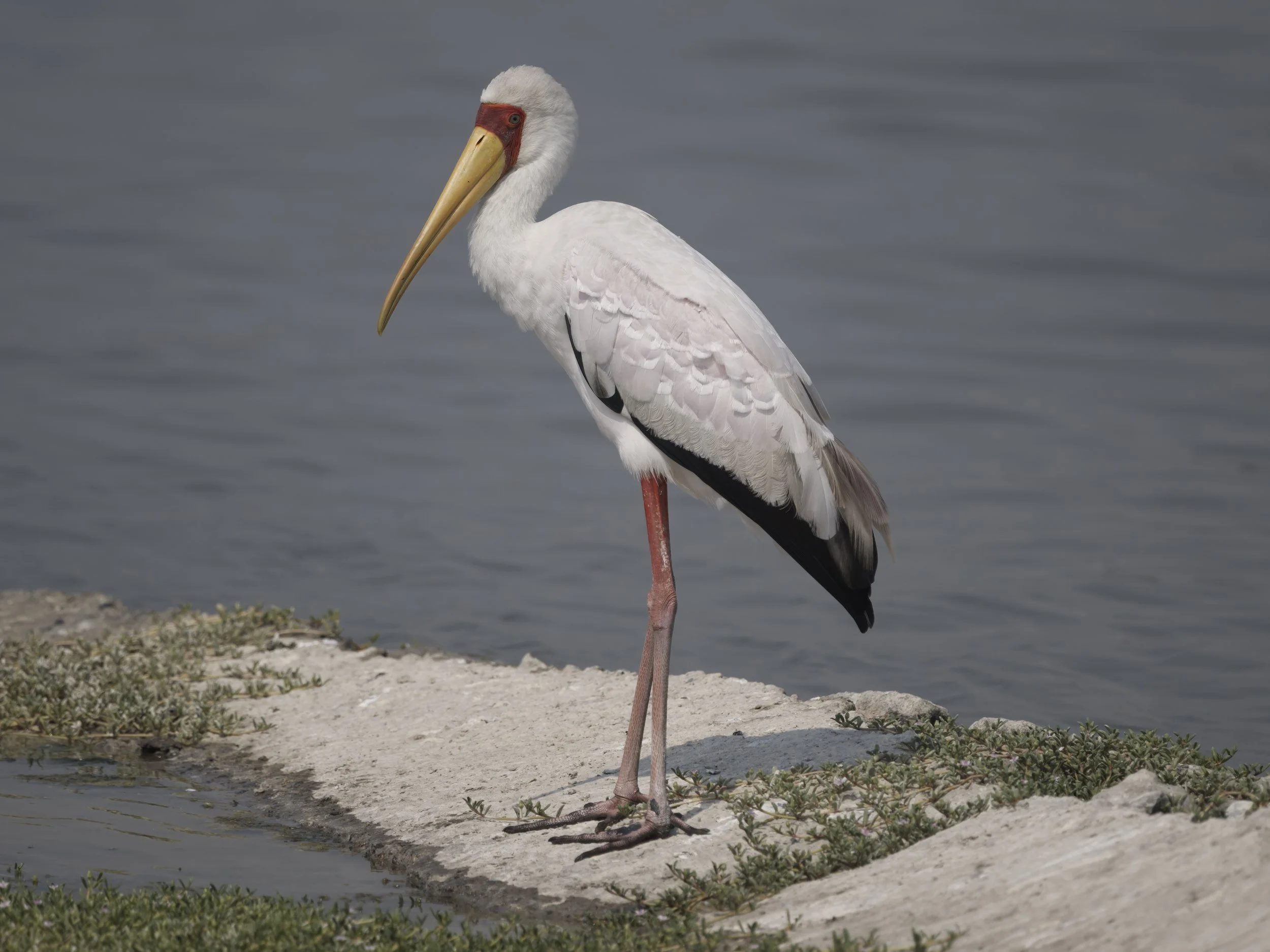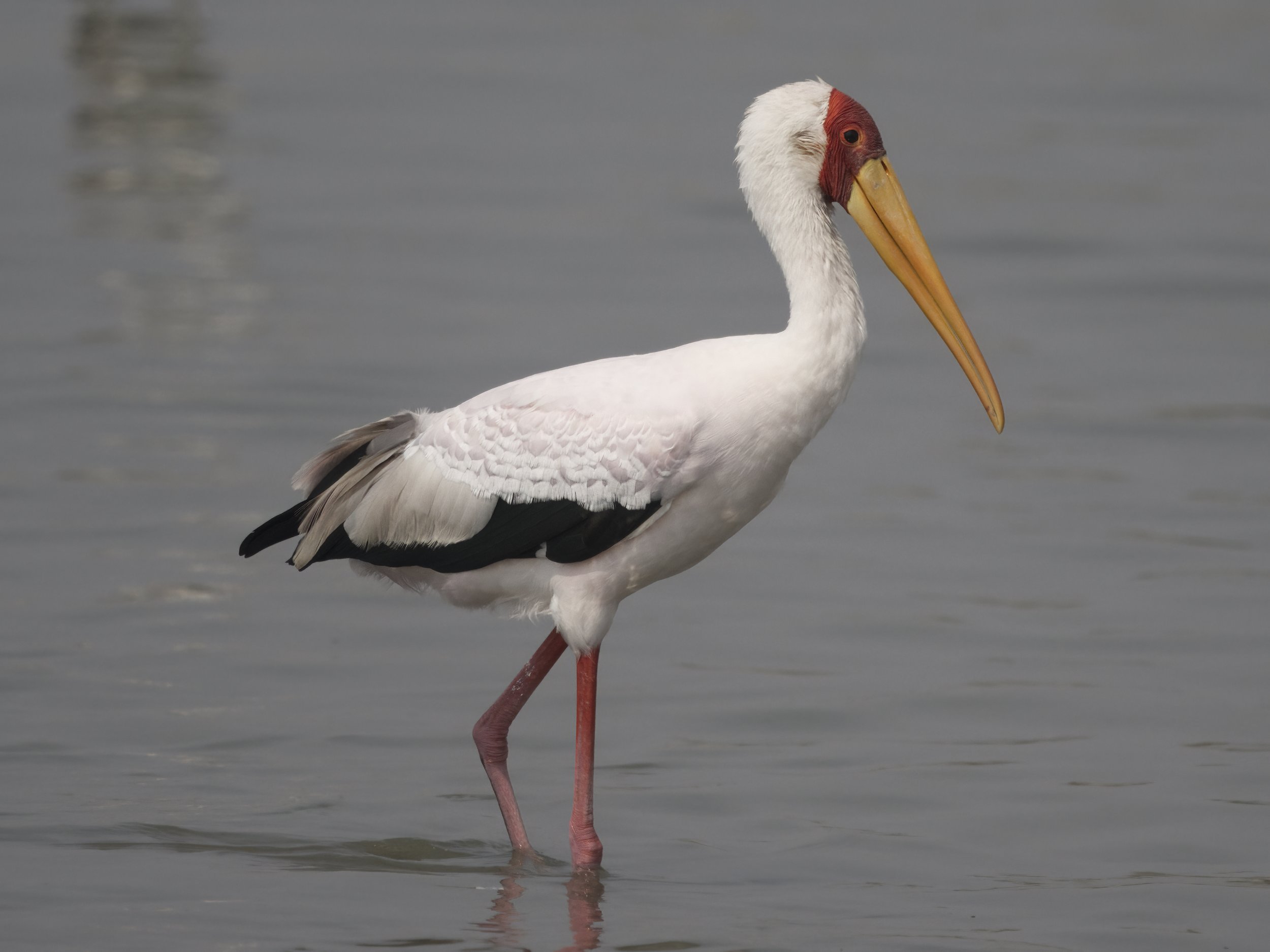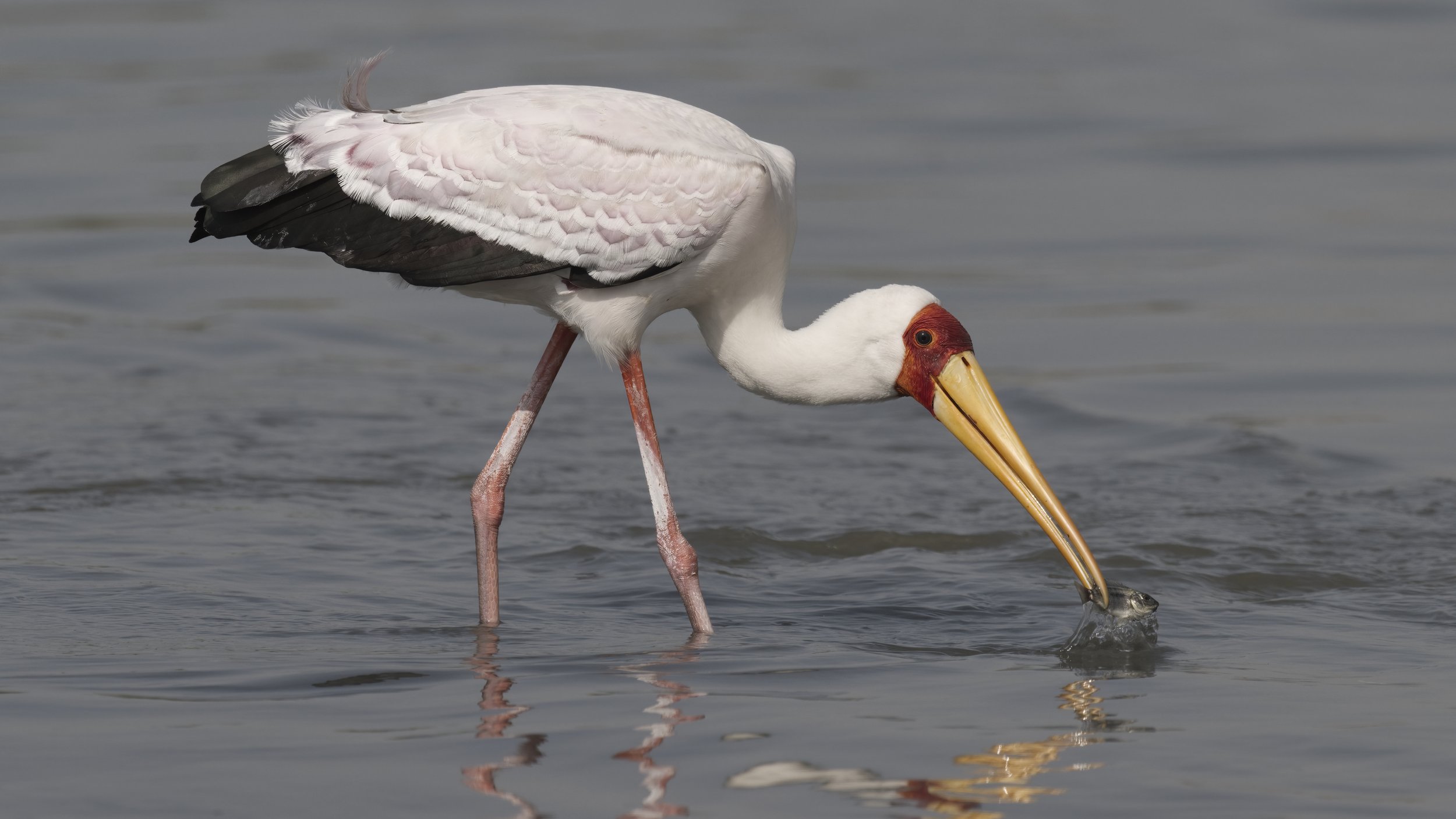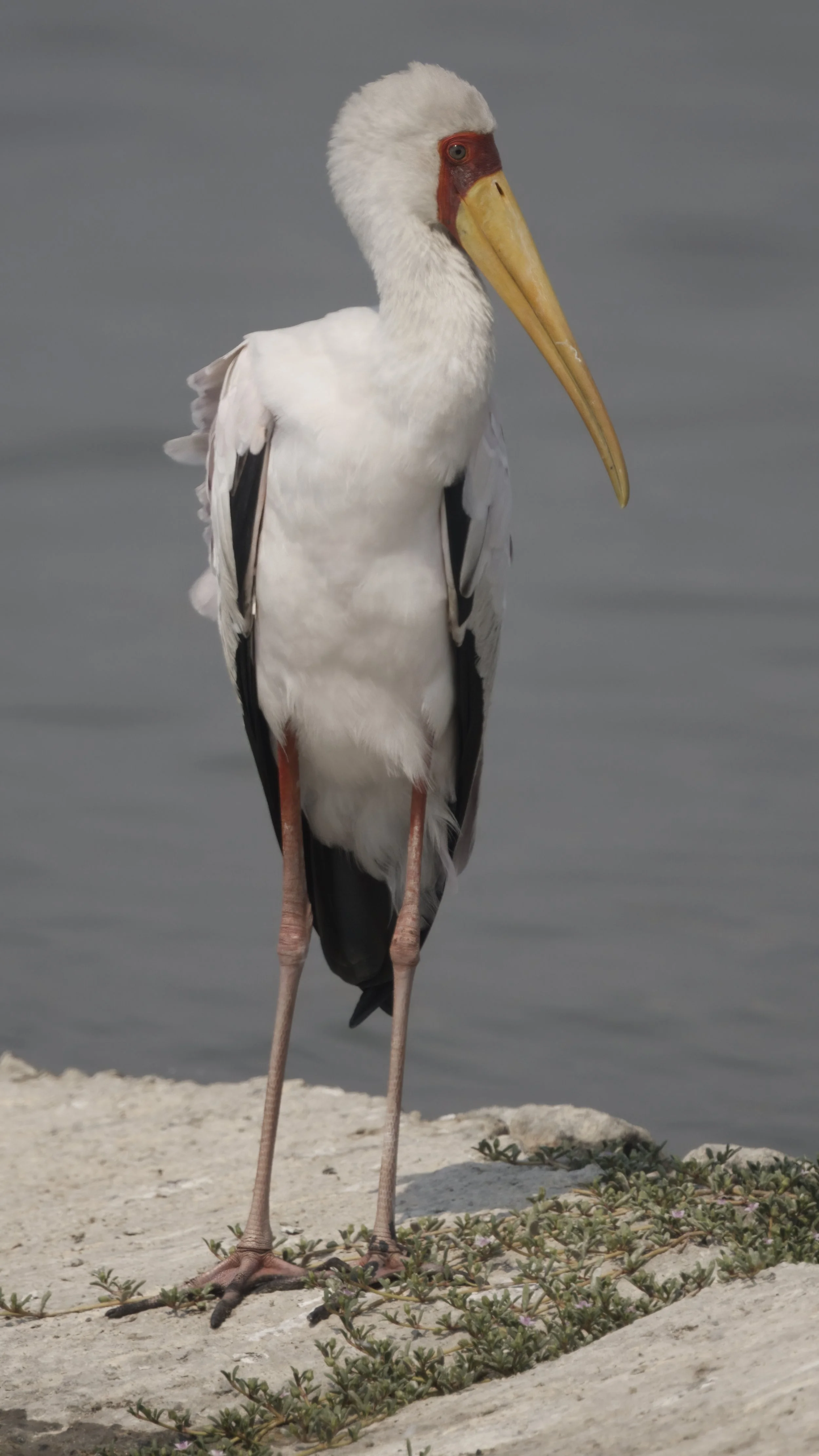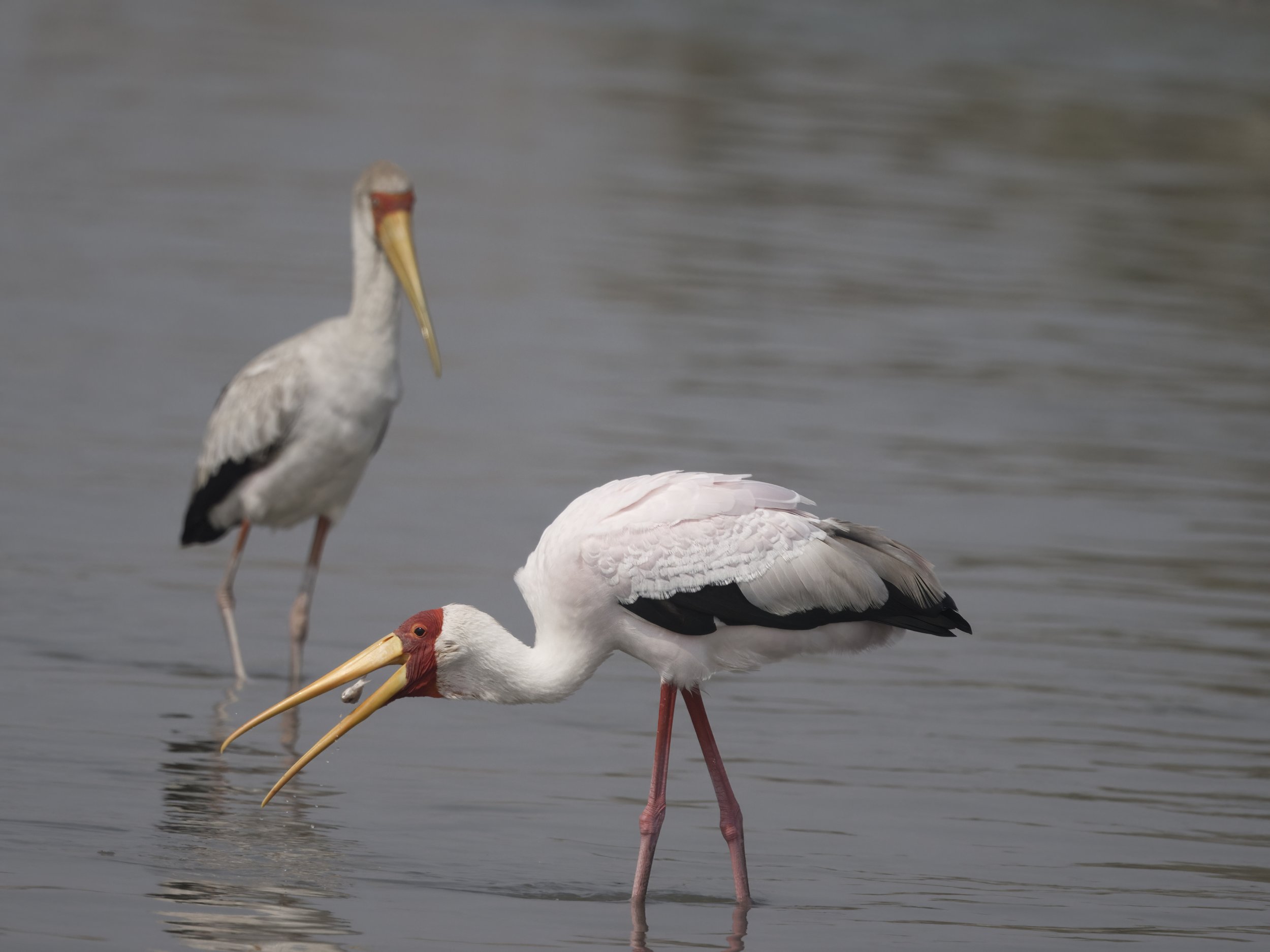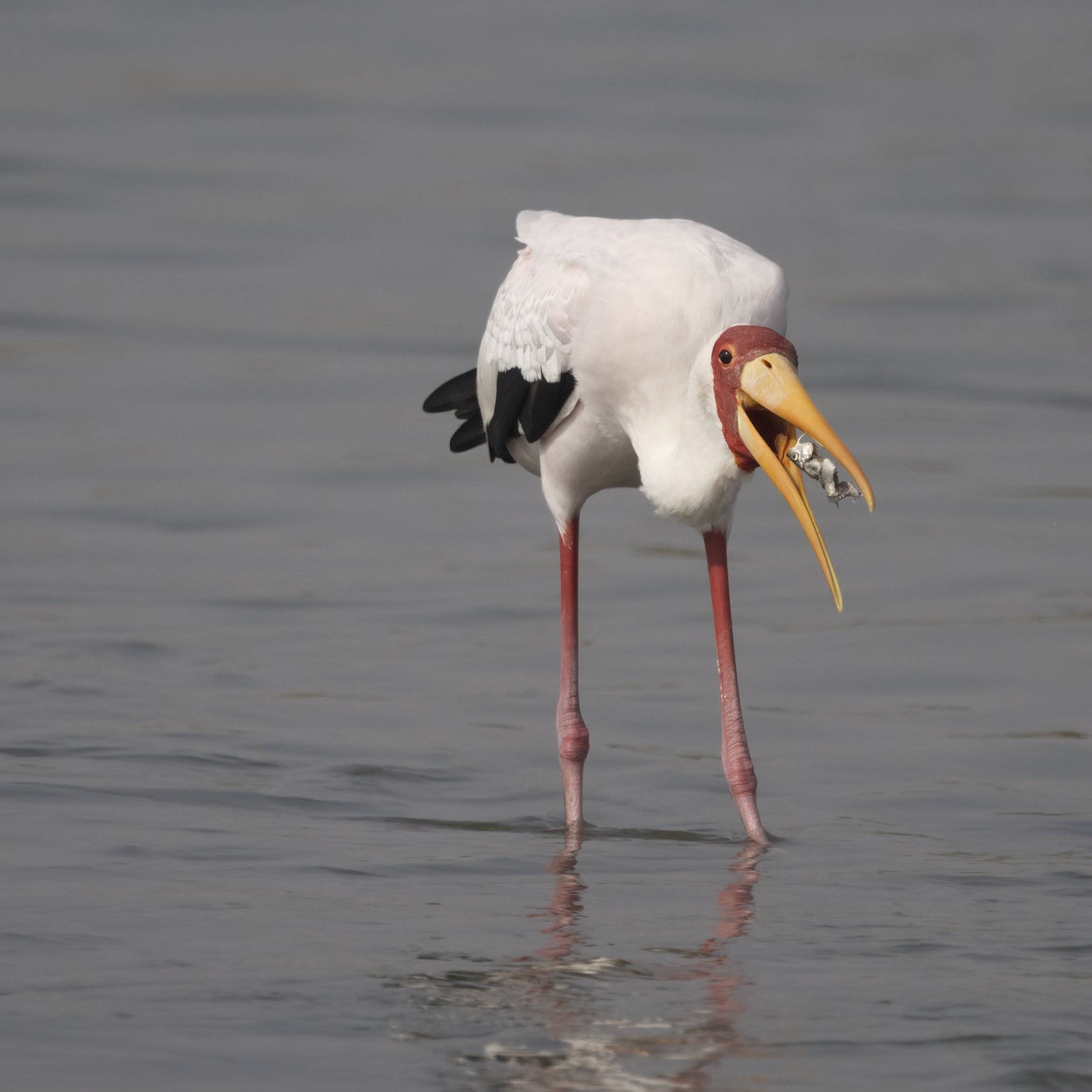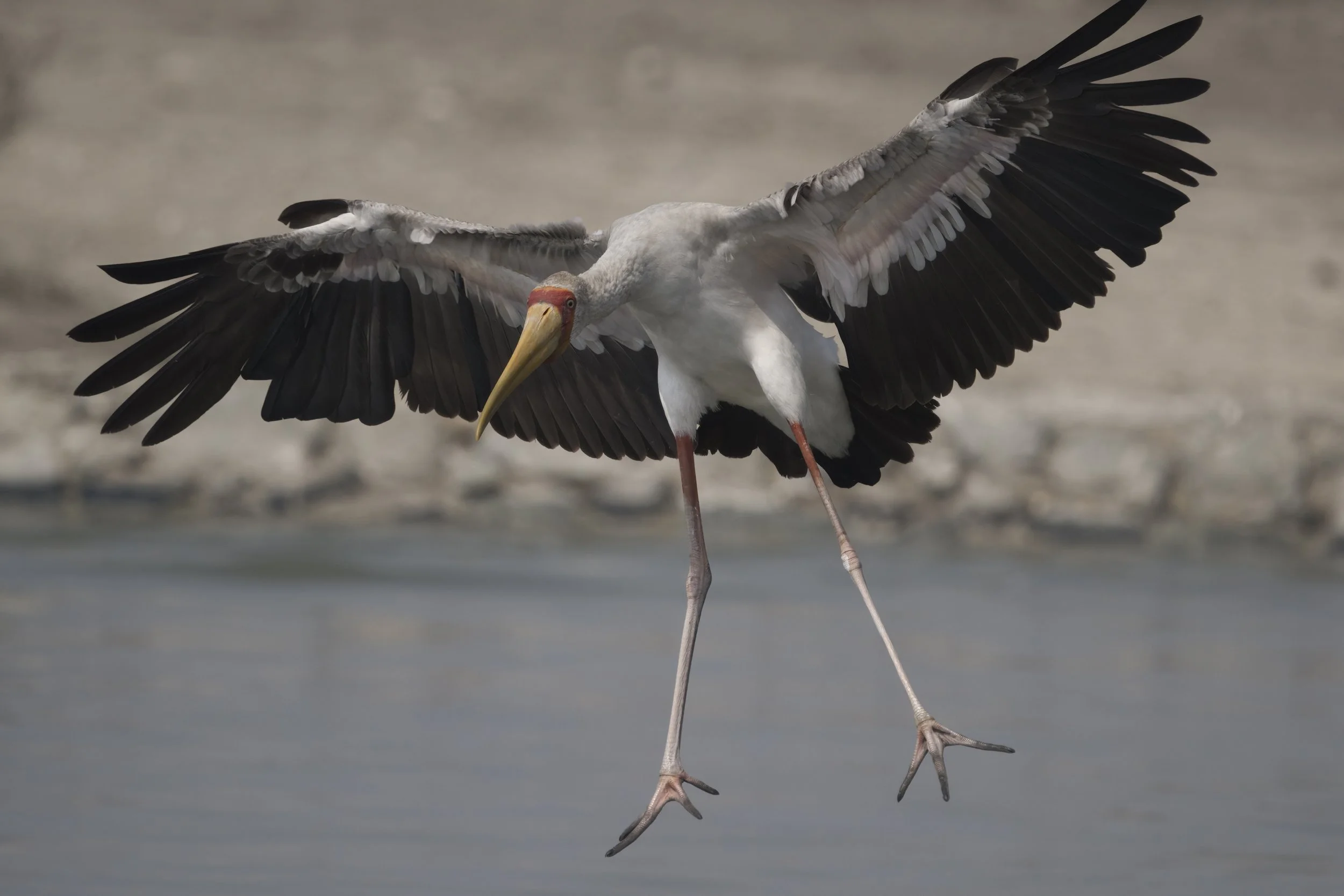Yellow-billed Stork (Mycteria ibis) **
The Yellow-billed Stork (Mycteria ibis) is a large, distinctive wading bird found throughout sub-Saharan Africa and parts of Madagascar. Adults typically measure 90–105 cm (35–41 inches) in length and have a wingspan of about 150 cm (59 inches). Weighing between 2.3 and 2.6 kg (5–6 lbs), this species is easily recognized by its vibrant yellow bill, which is long, straight, and slightly down-curved, ideal for foraging in shallow waters. Its plumage is mostly white, with a soft pinkish hue, especially on the wings and back, and contrasting black flight feathers. Its bare facial skin is a bright reddish-orange, adding to its striking appearance.
Yellow-billed Storks primarily inhabit wetlands, including shallow lakes, marshes, swamps, and riverbanks. Their foraging technique is highly specialized: they wade slowly through the water, sweeping their partially open bill from side to side, snapping it shut when they detect prey. Their diet consists of fish, frogs, crustaceans, and various small invertebrates, which they capture with remarkable speed.
These birds are social and often form large nesting colonies, usually sharing space with other waterbirds such as herons, egrets, and ibises. During the breeding season, which varies with location and rainfall patterns, they build large stick nests in trees near water. Both parents take part in raising their young. The Yellow-billed Stork’s elegant, slow wingbeats and soaring flight are a familiar sight across Africa’s wetlands, where it plays an important ecological role by helping control fish populations and maintaining the health of aquatic habitats. Despite being relatively common, habitat loss due to wetland degradation poses a threat to its populations in some areas.
| NOT EVALUATED | DATA DEFICIENT | LEAST CONCERN** | NEAR THREATENED | VULNERABLE | ENDANGERED | CRITICALLY ENDANGERED | EXTINCT IN THE WILD | EXTINCT |
|---|---|---|---|---|---|---|---|---|
| NE | DD | LC | NT | VU | EN | CR | EW | EX |


